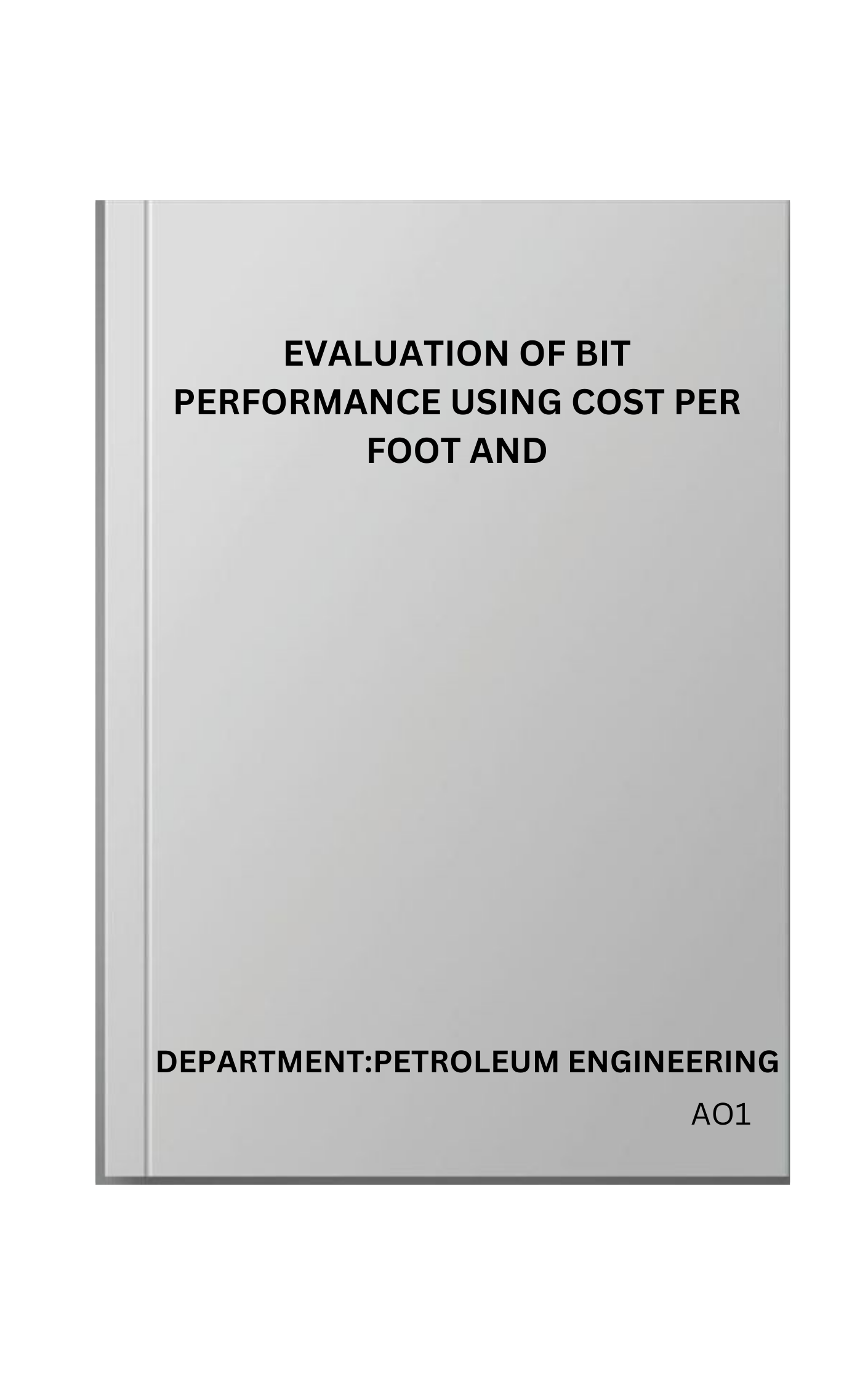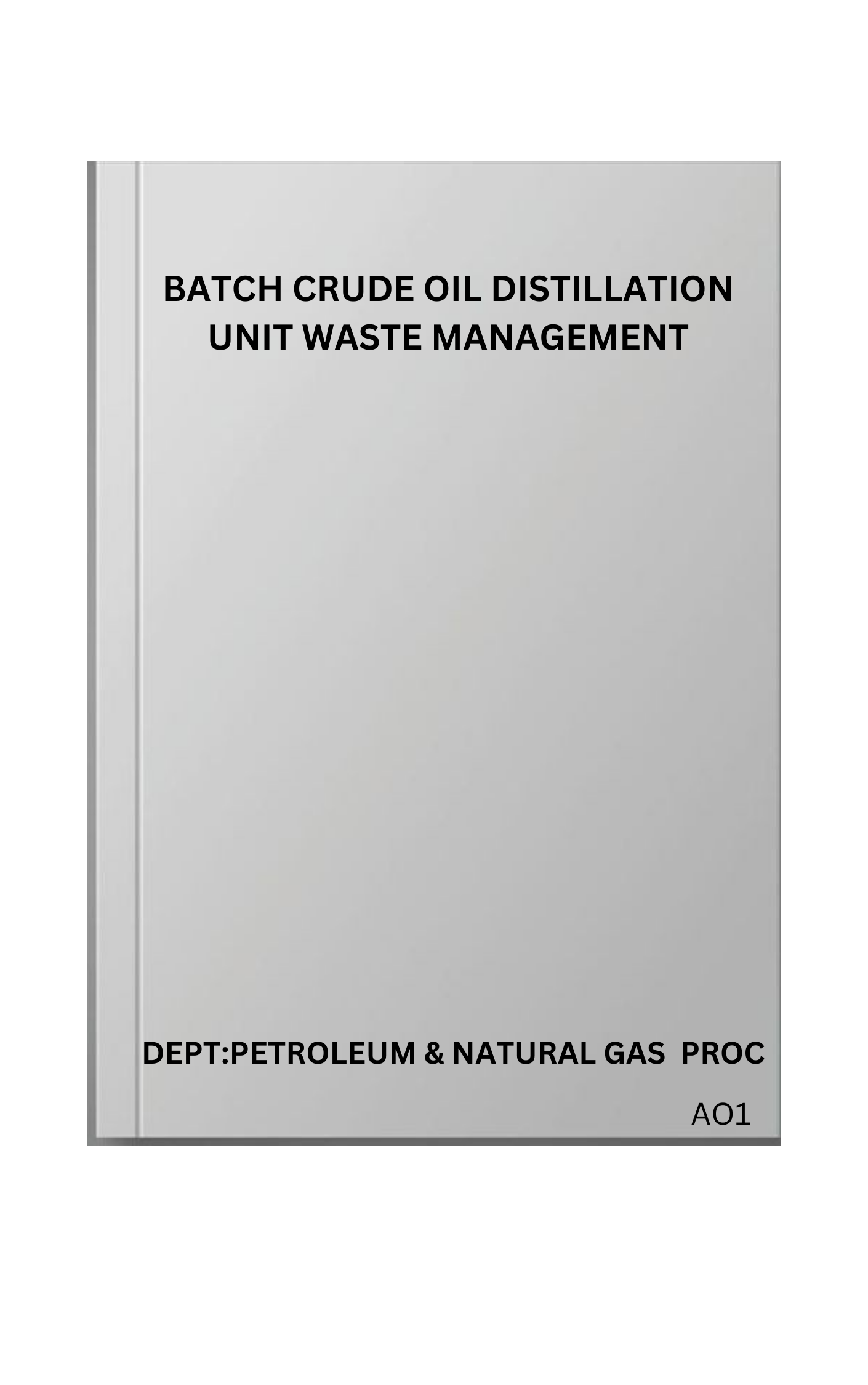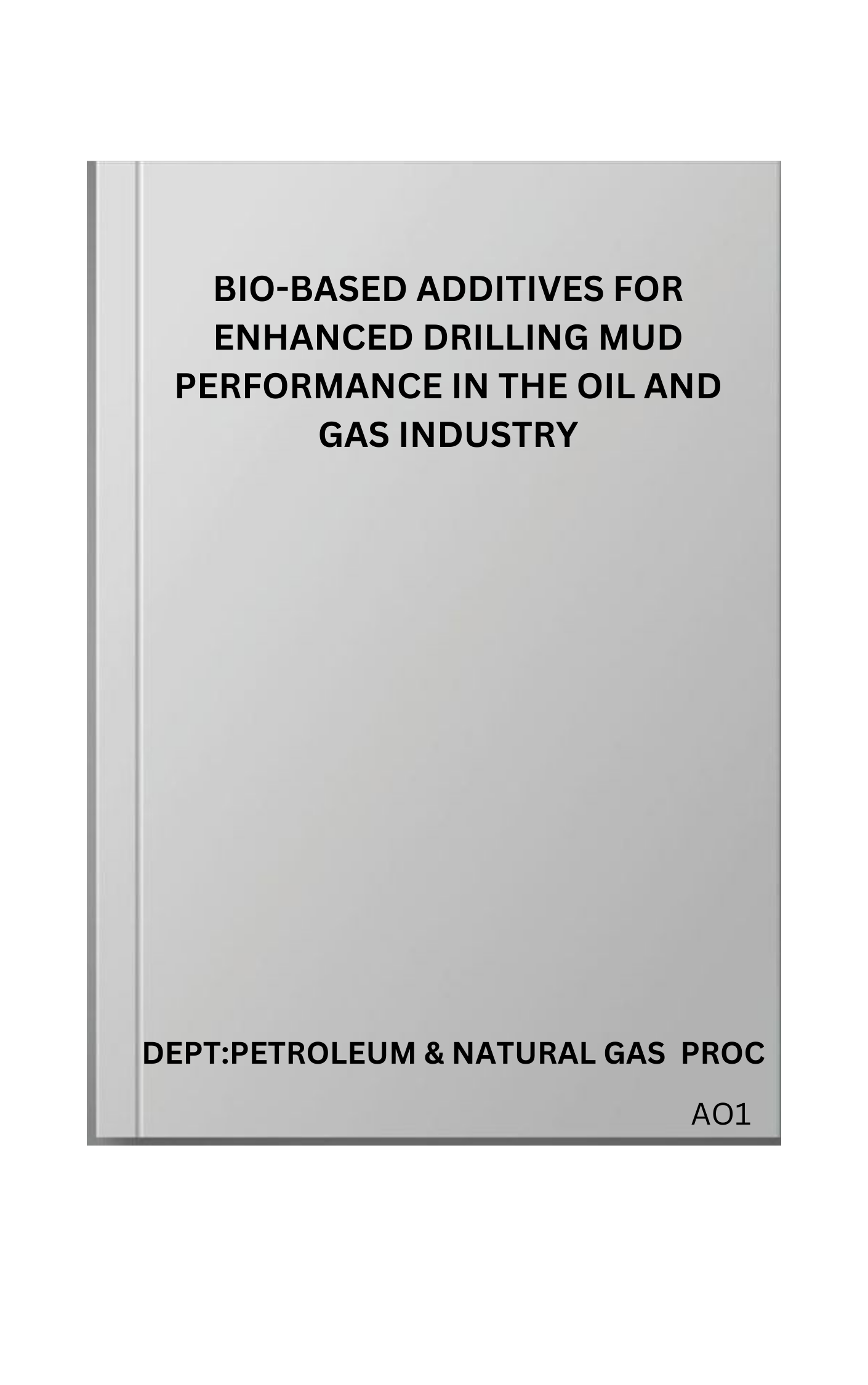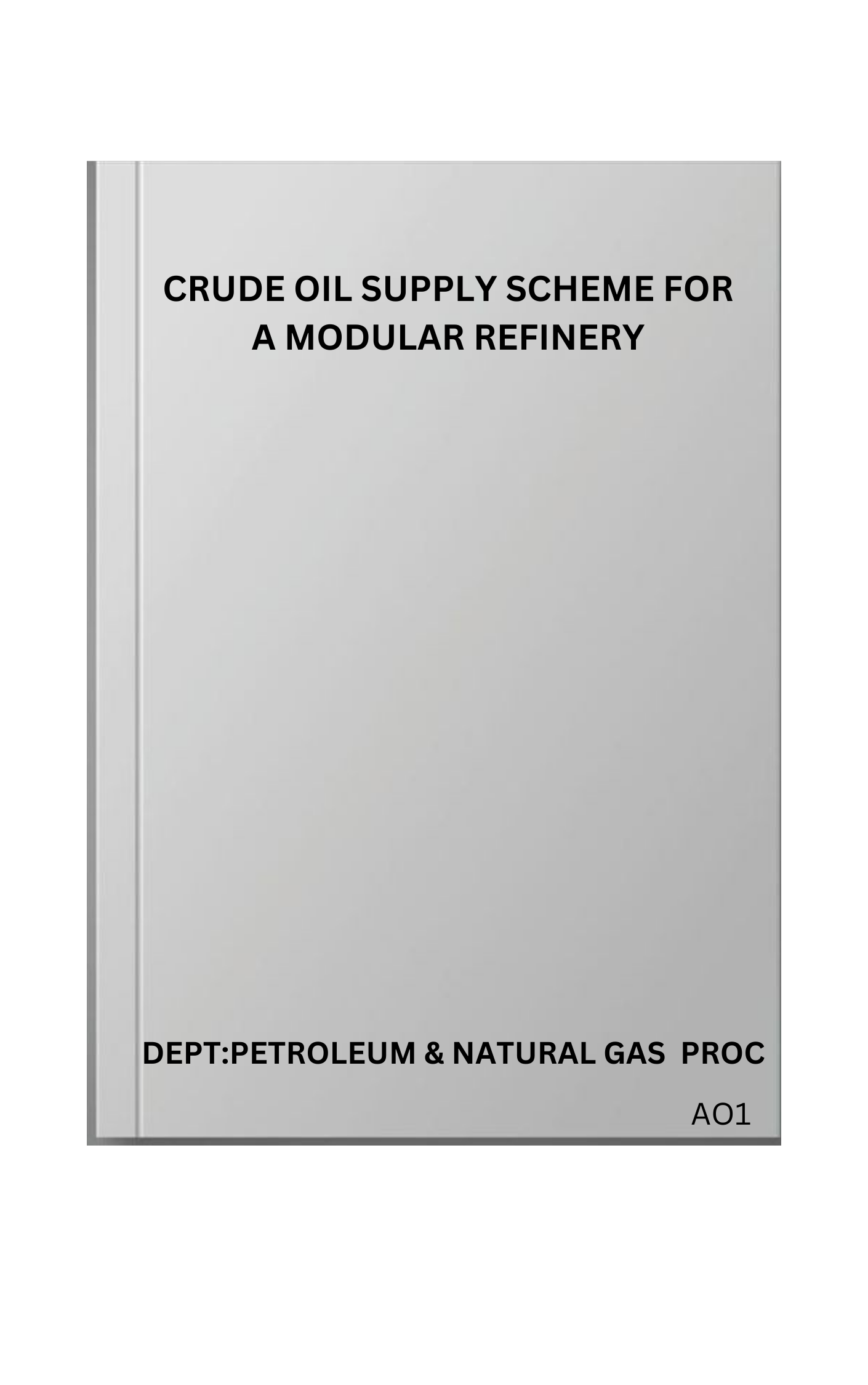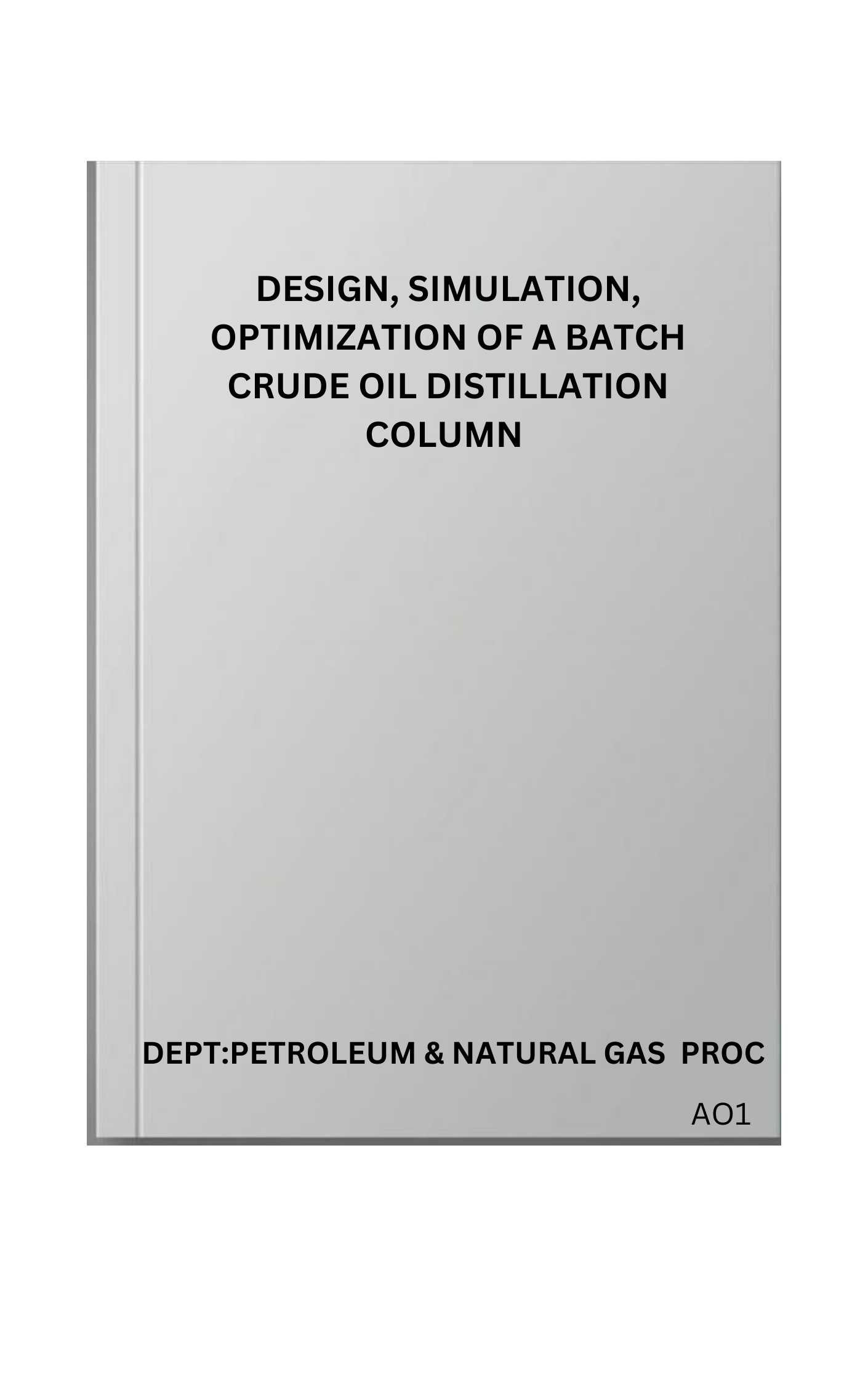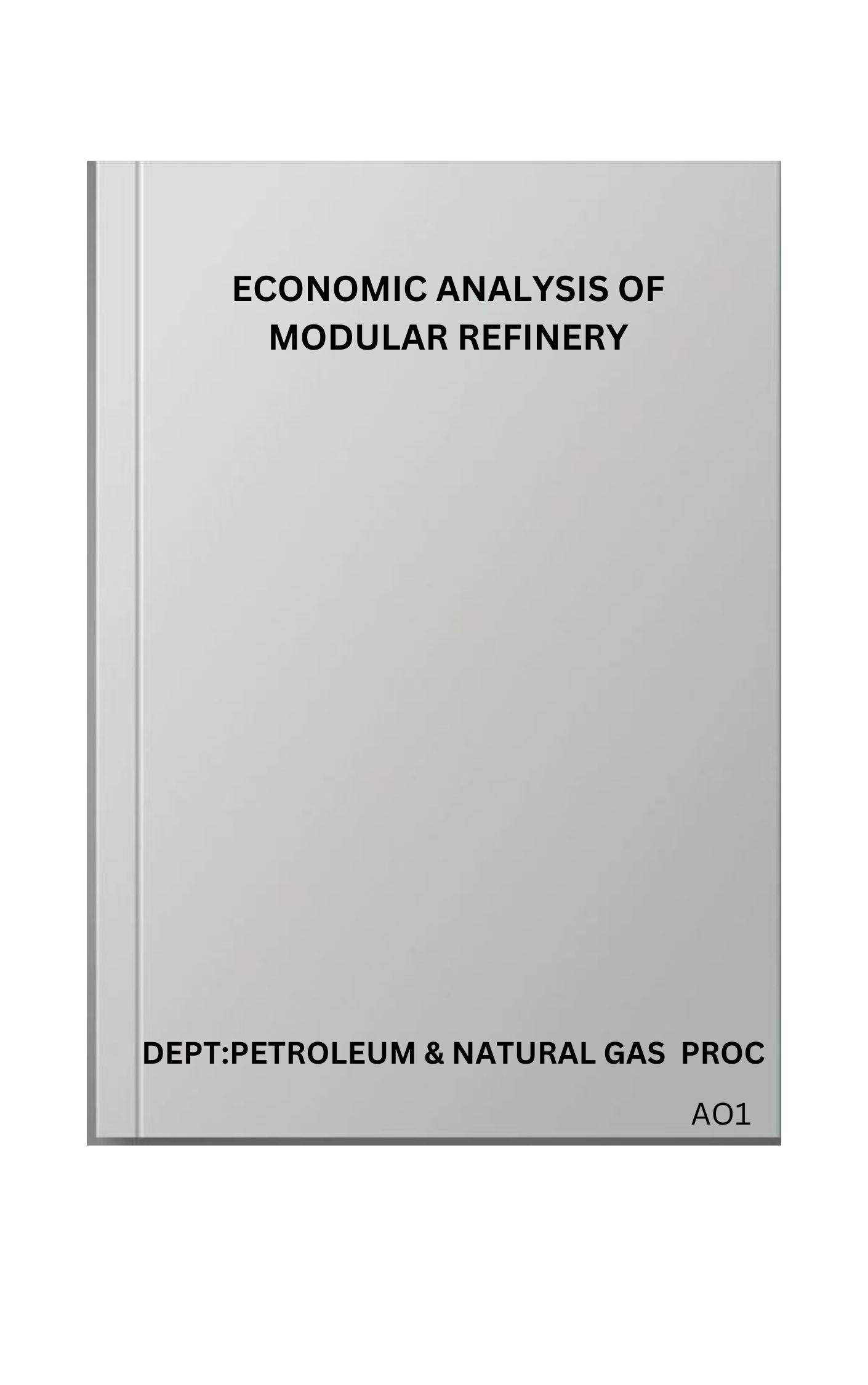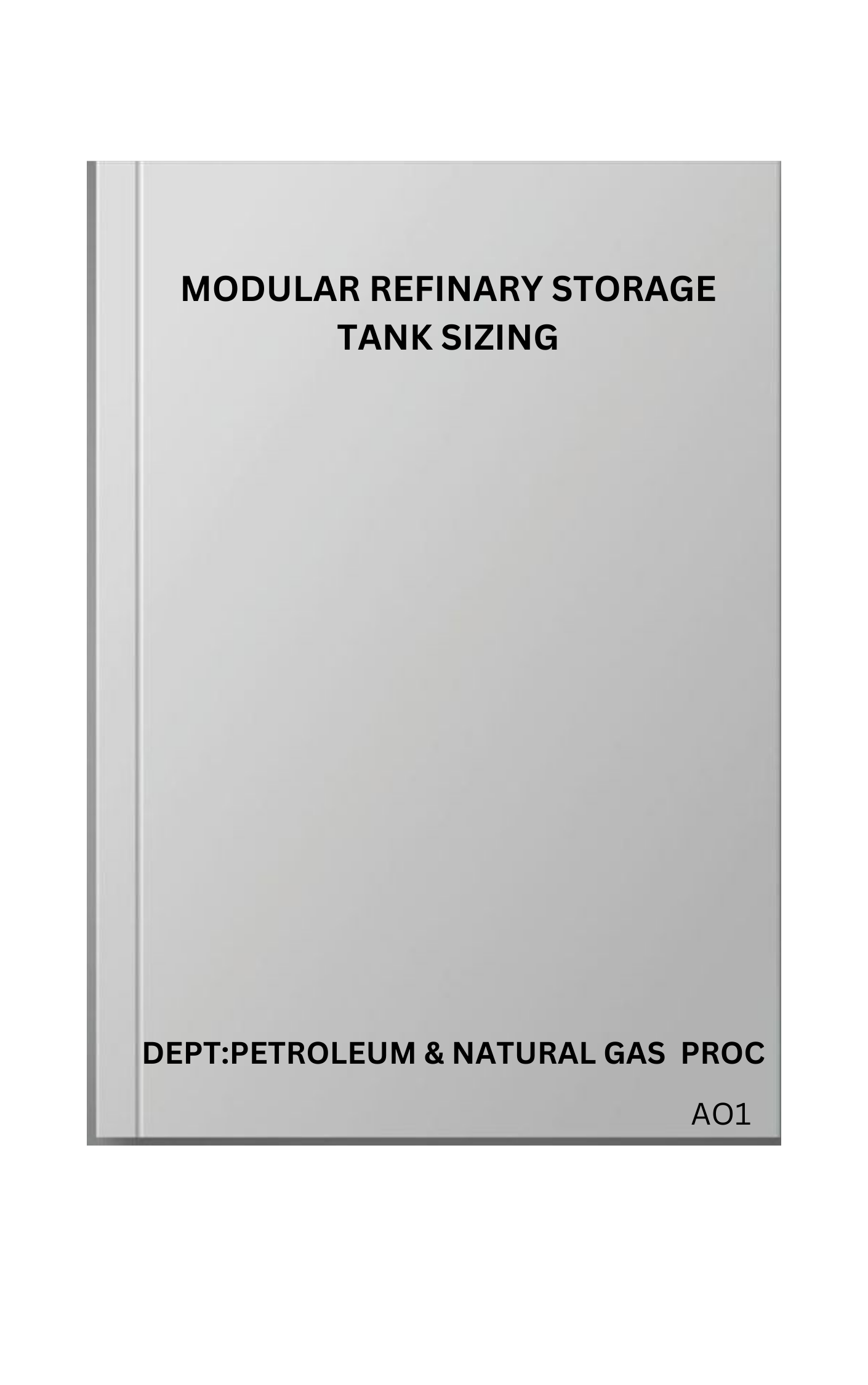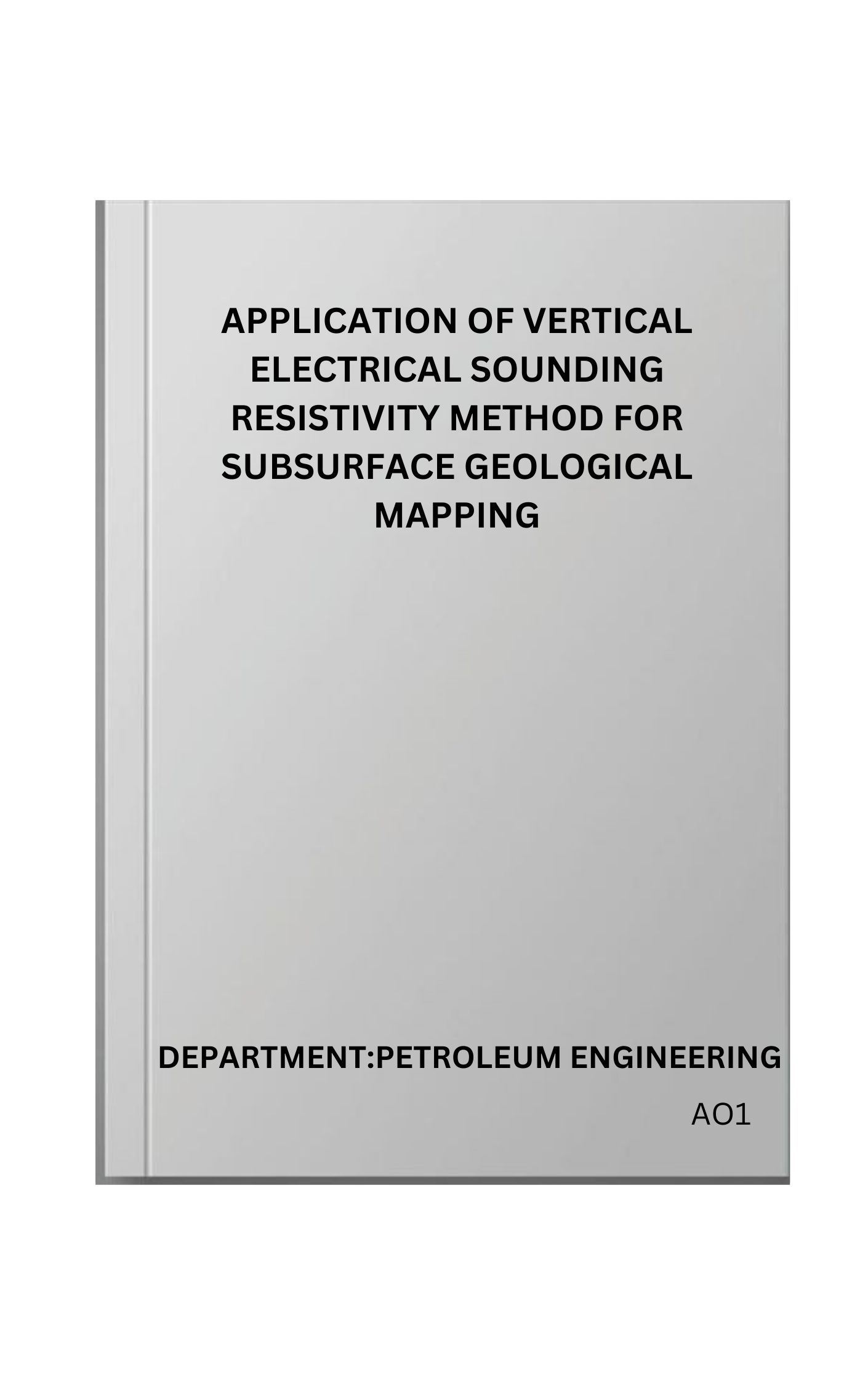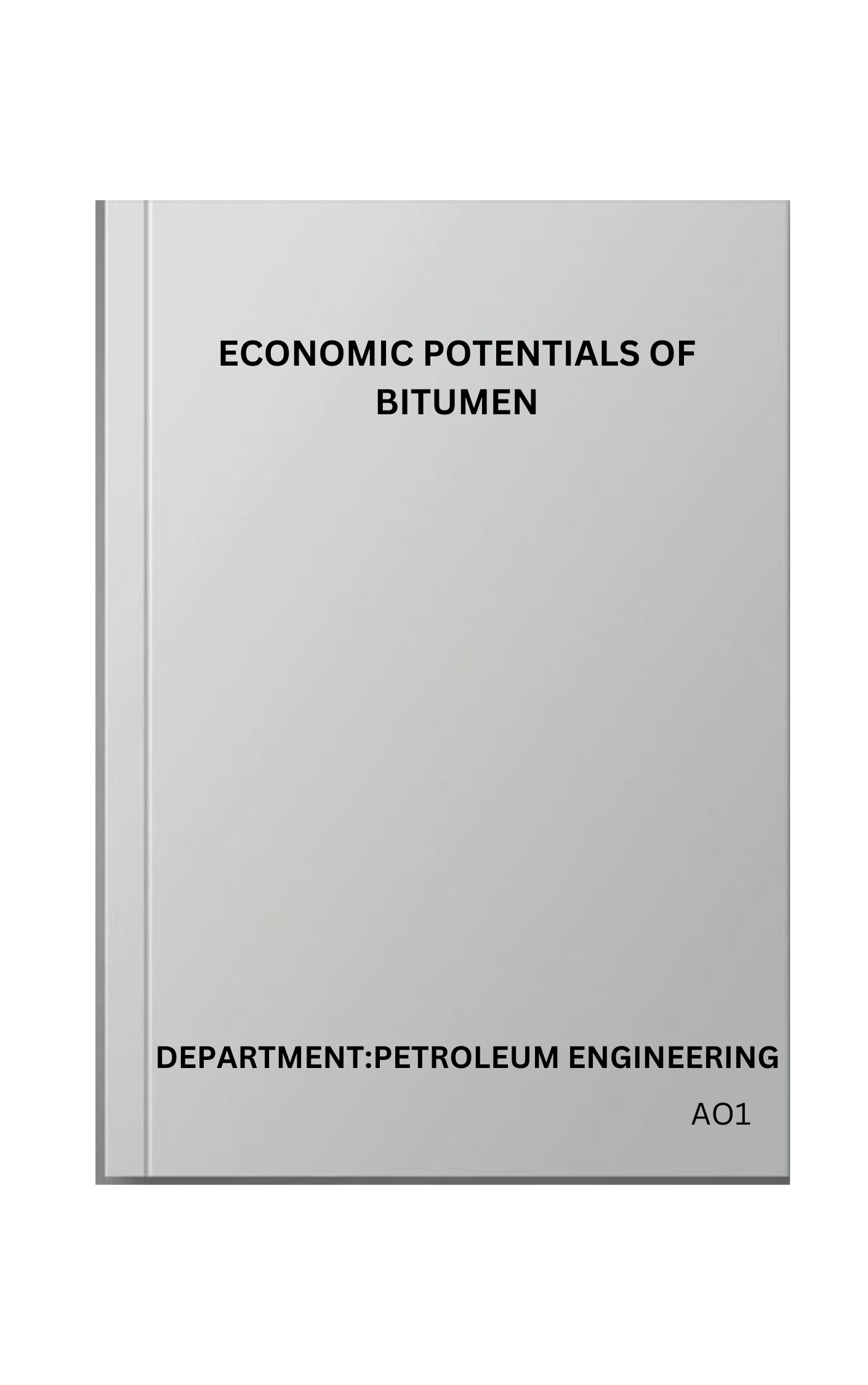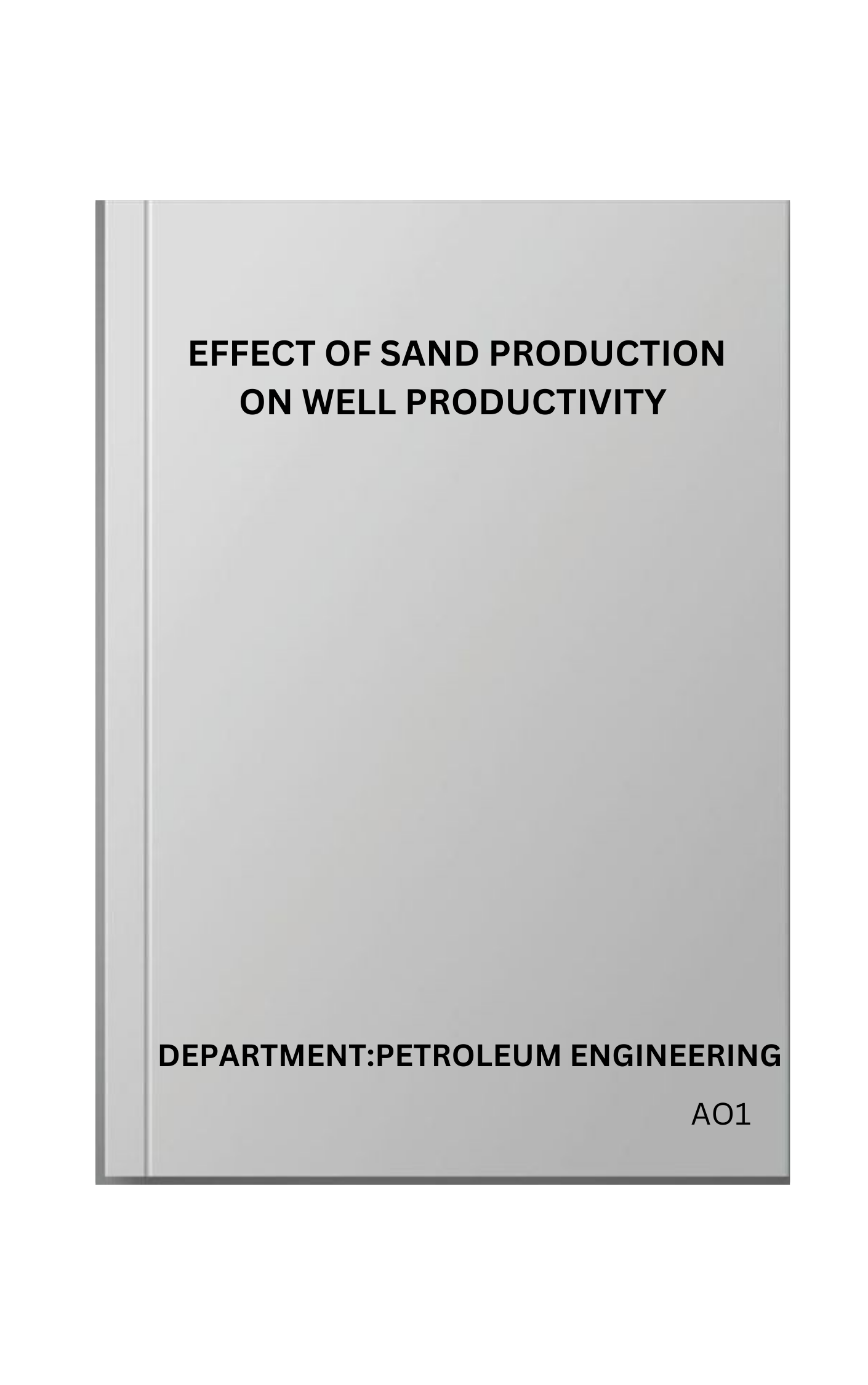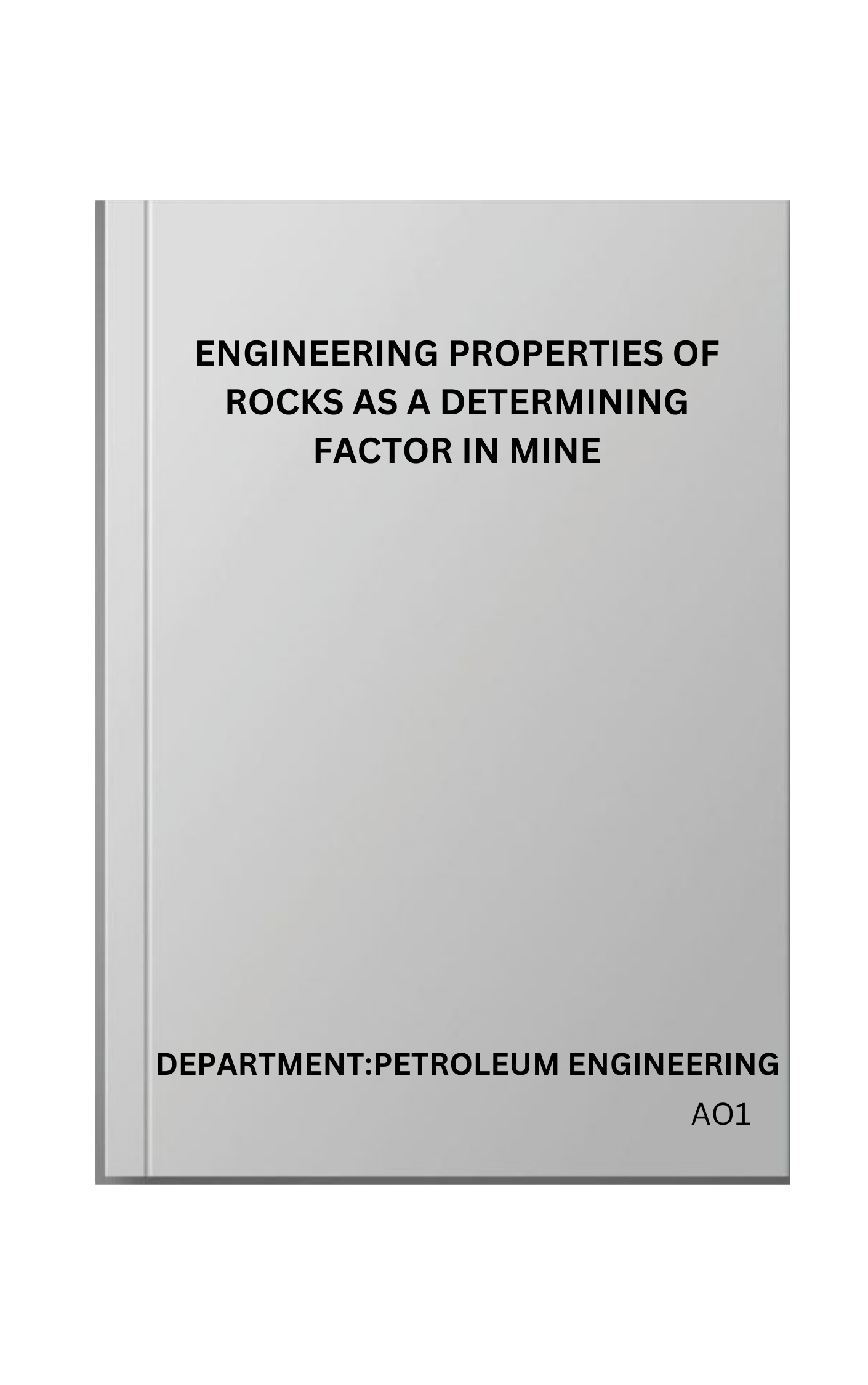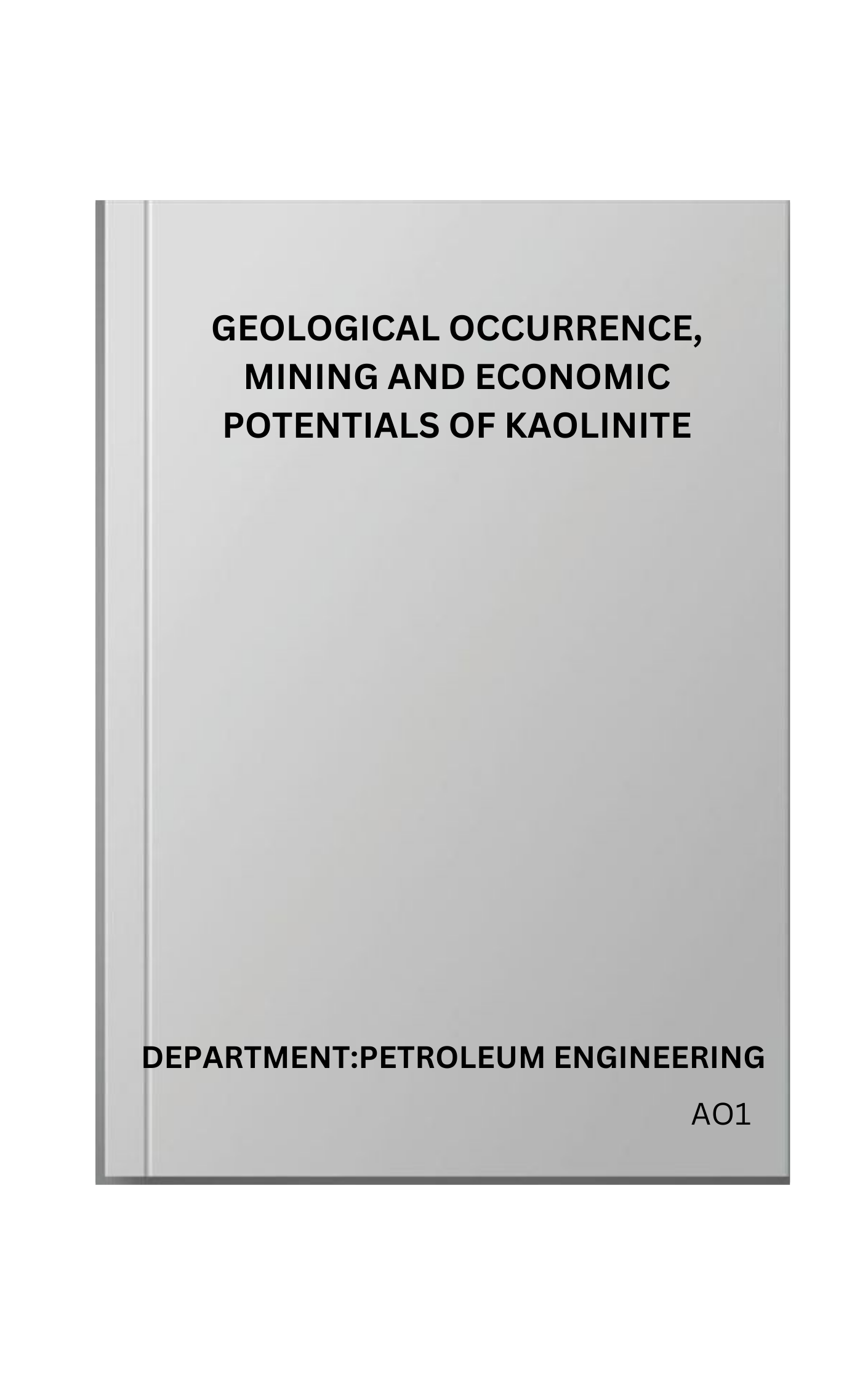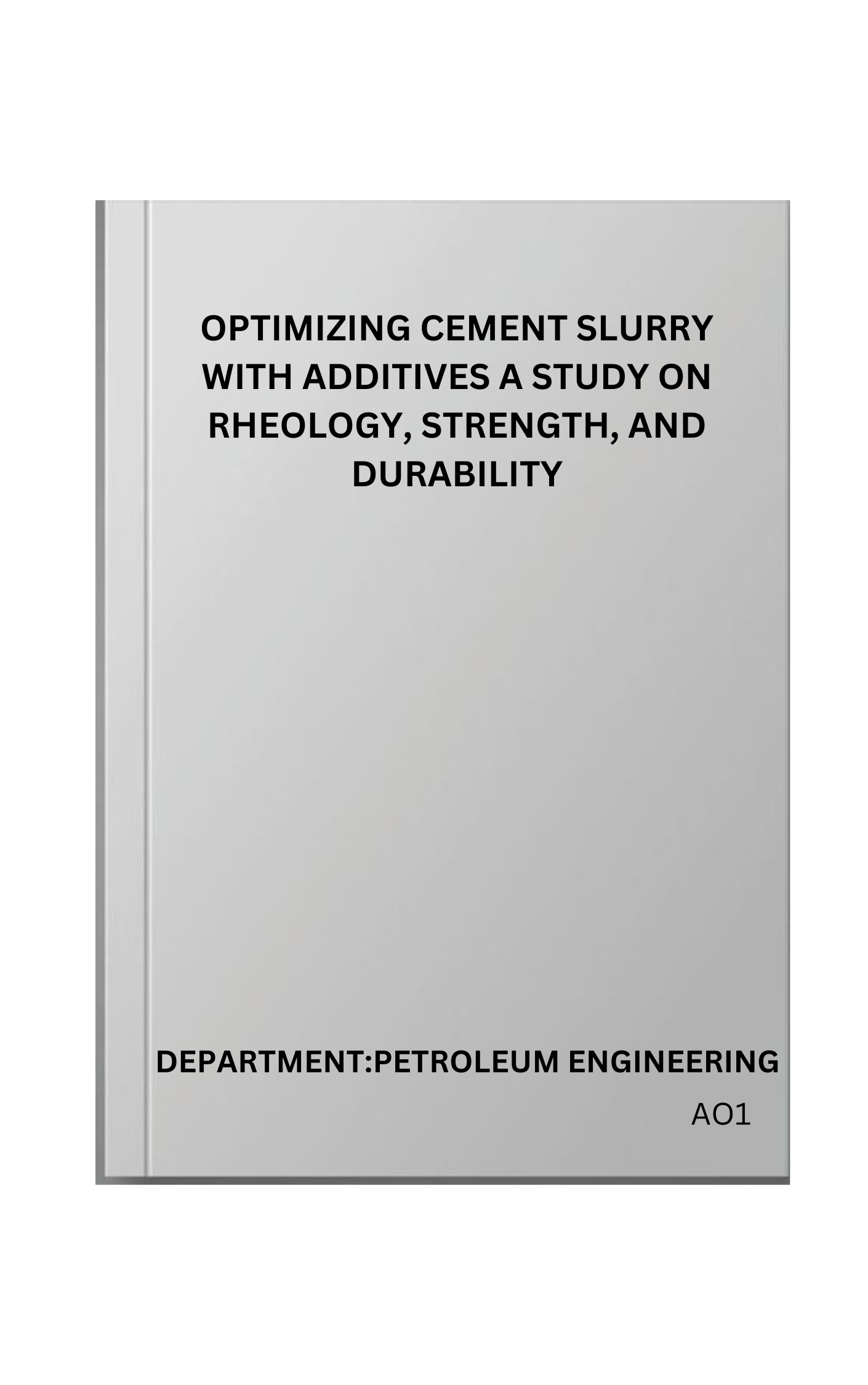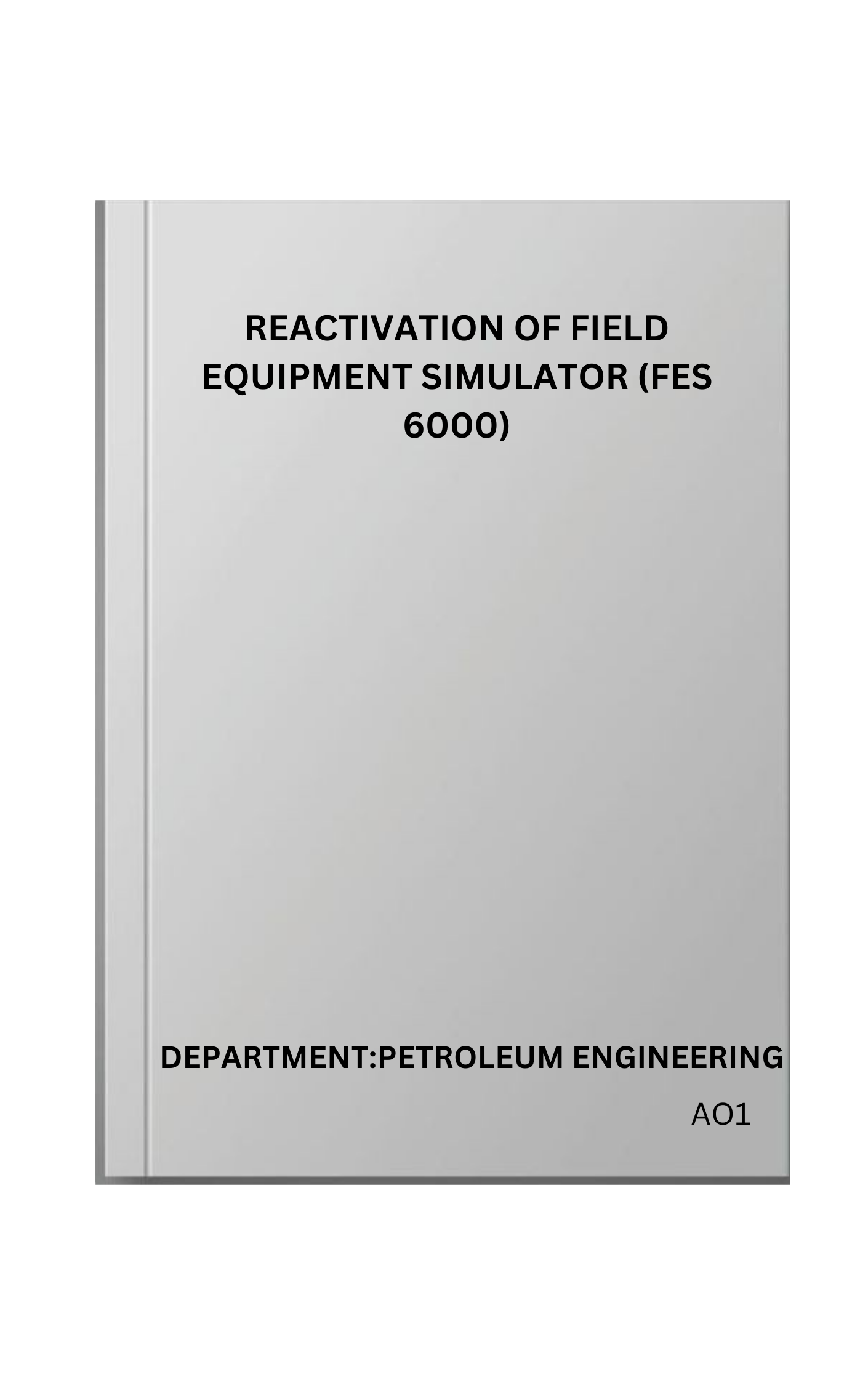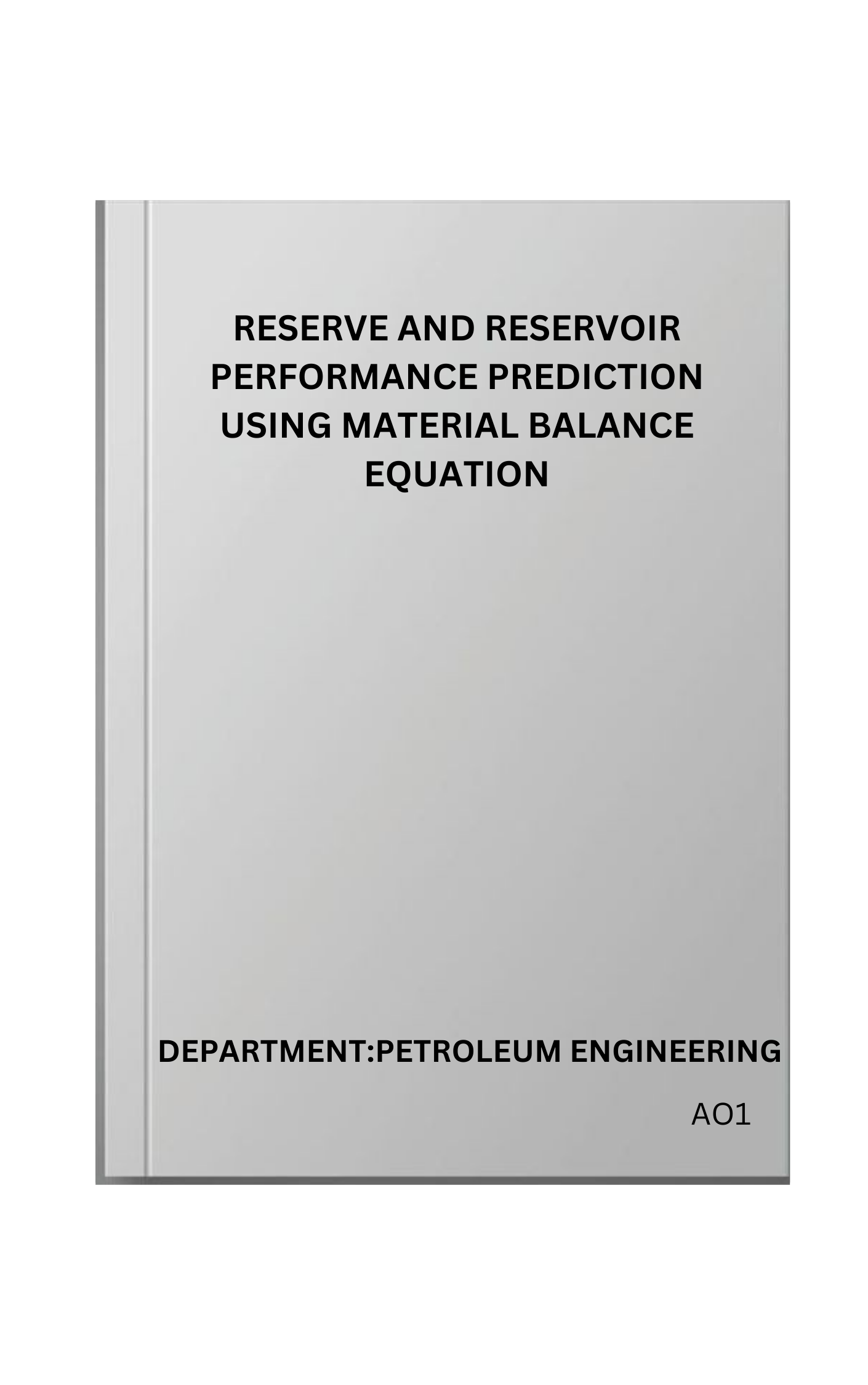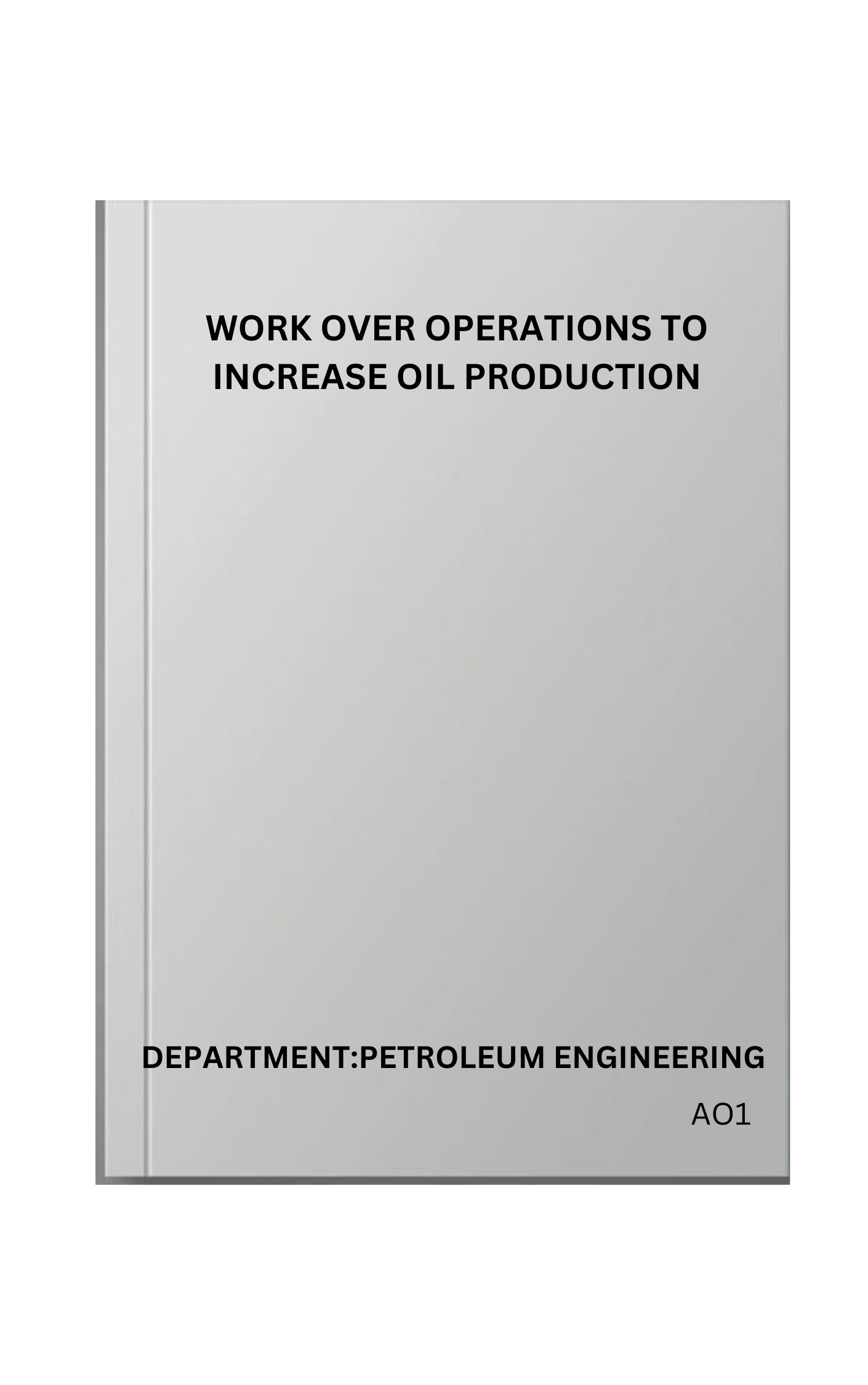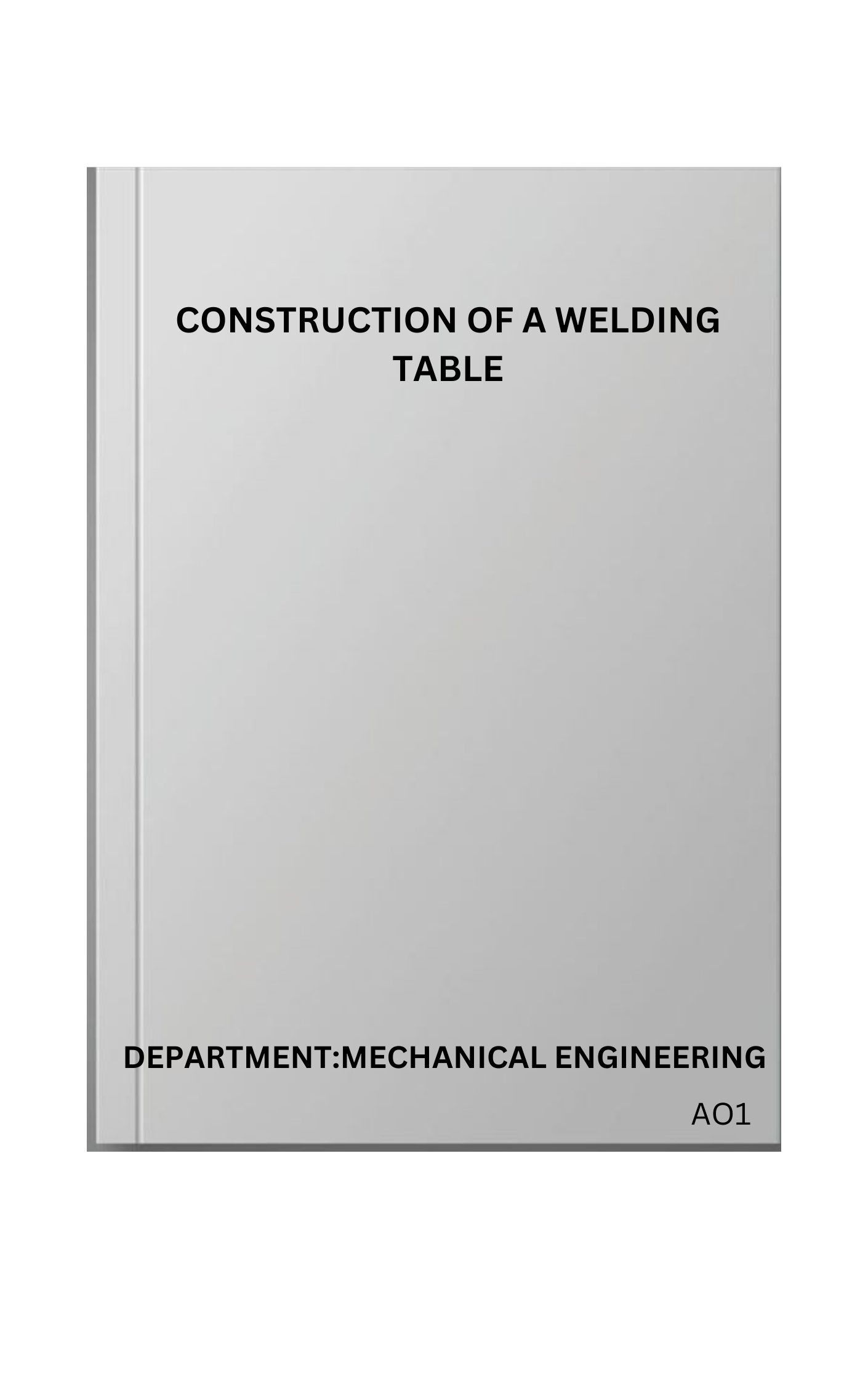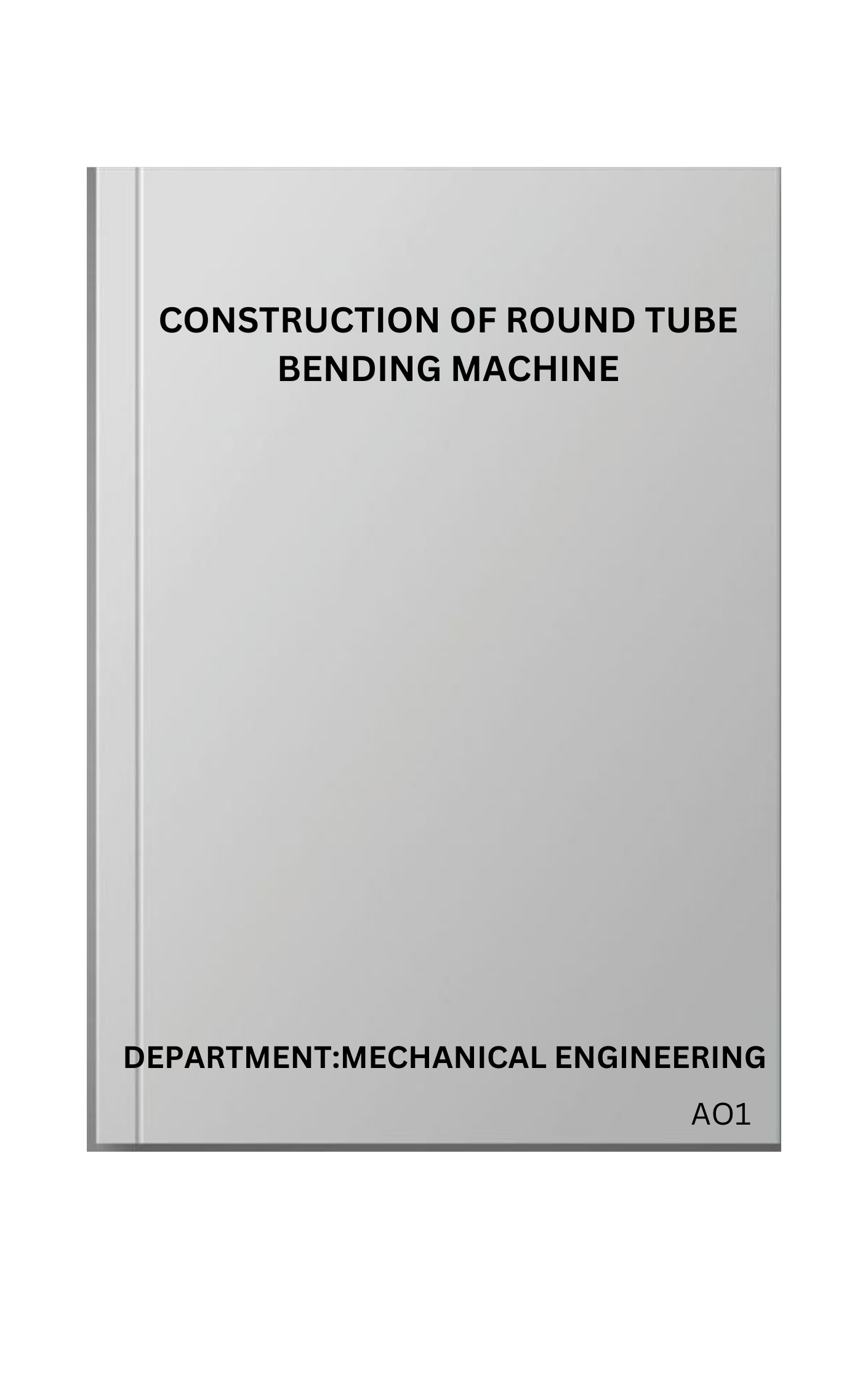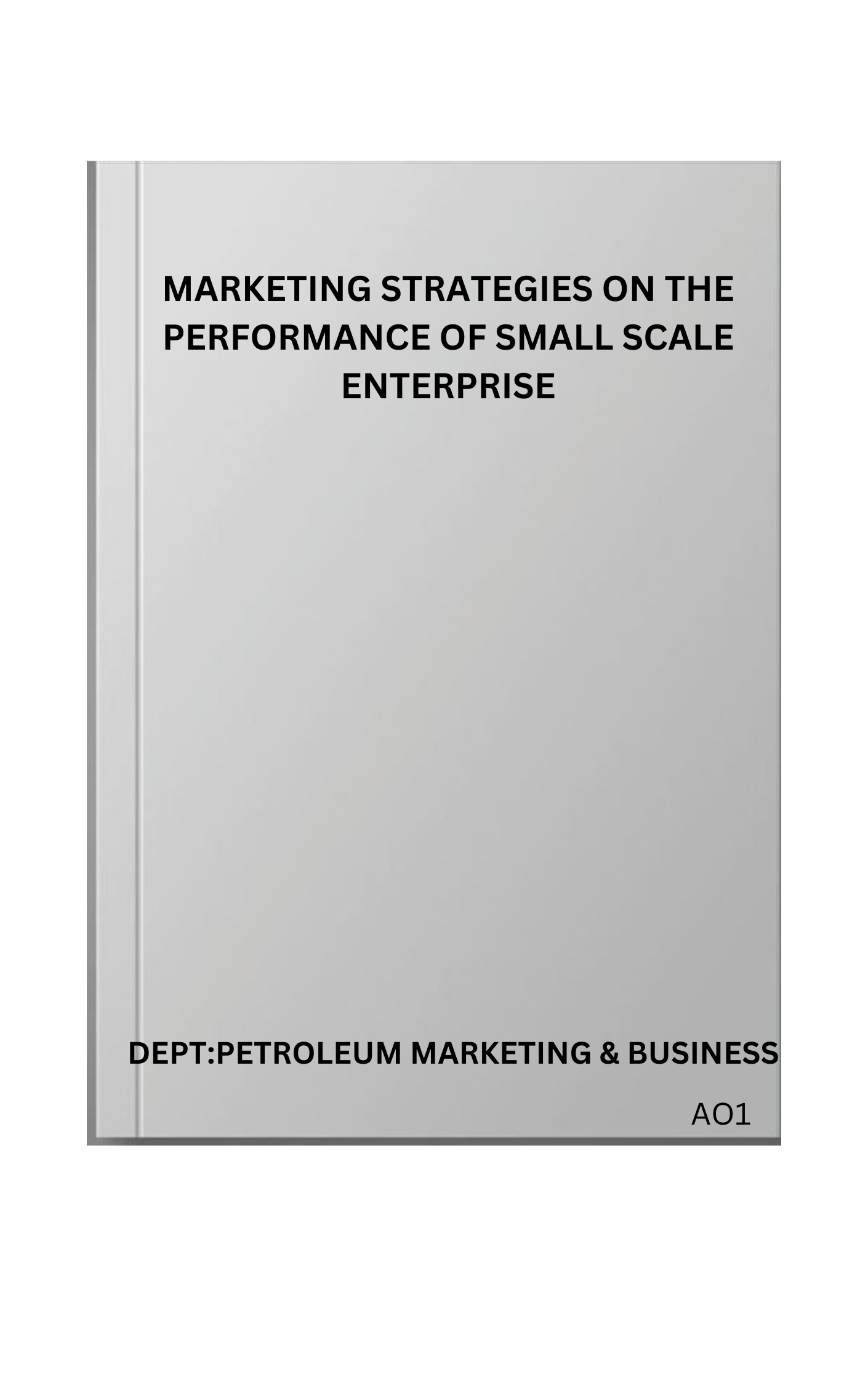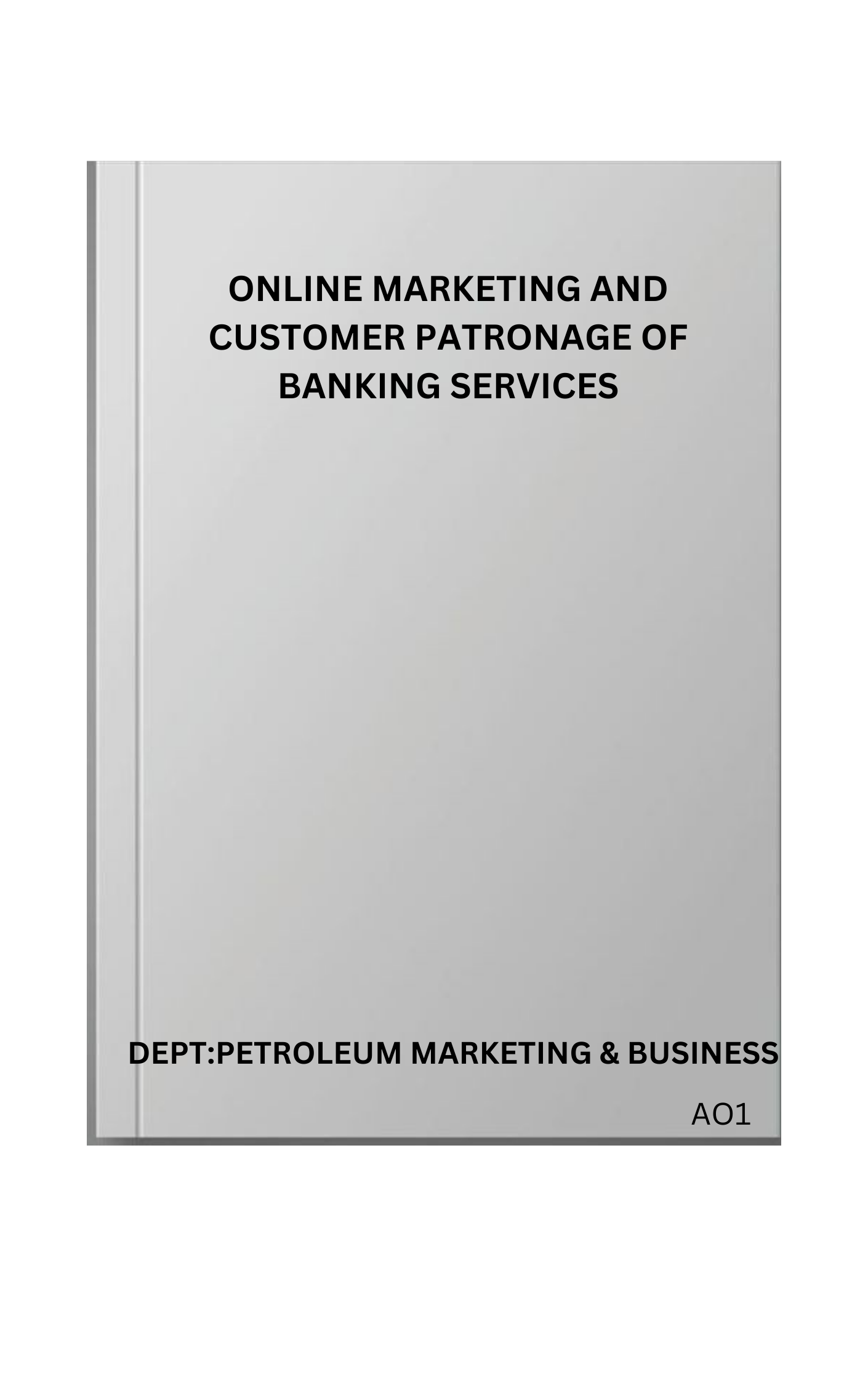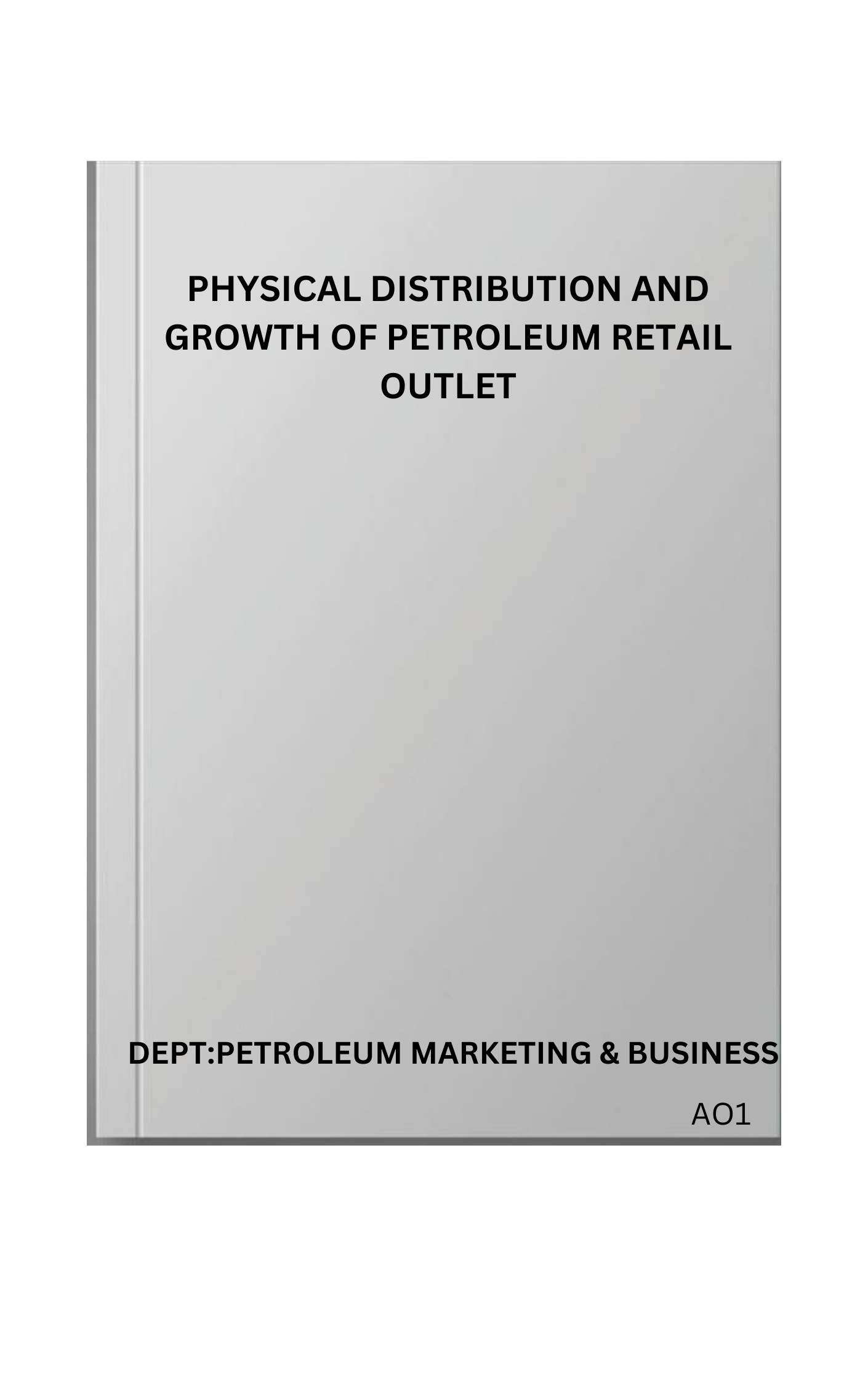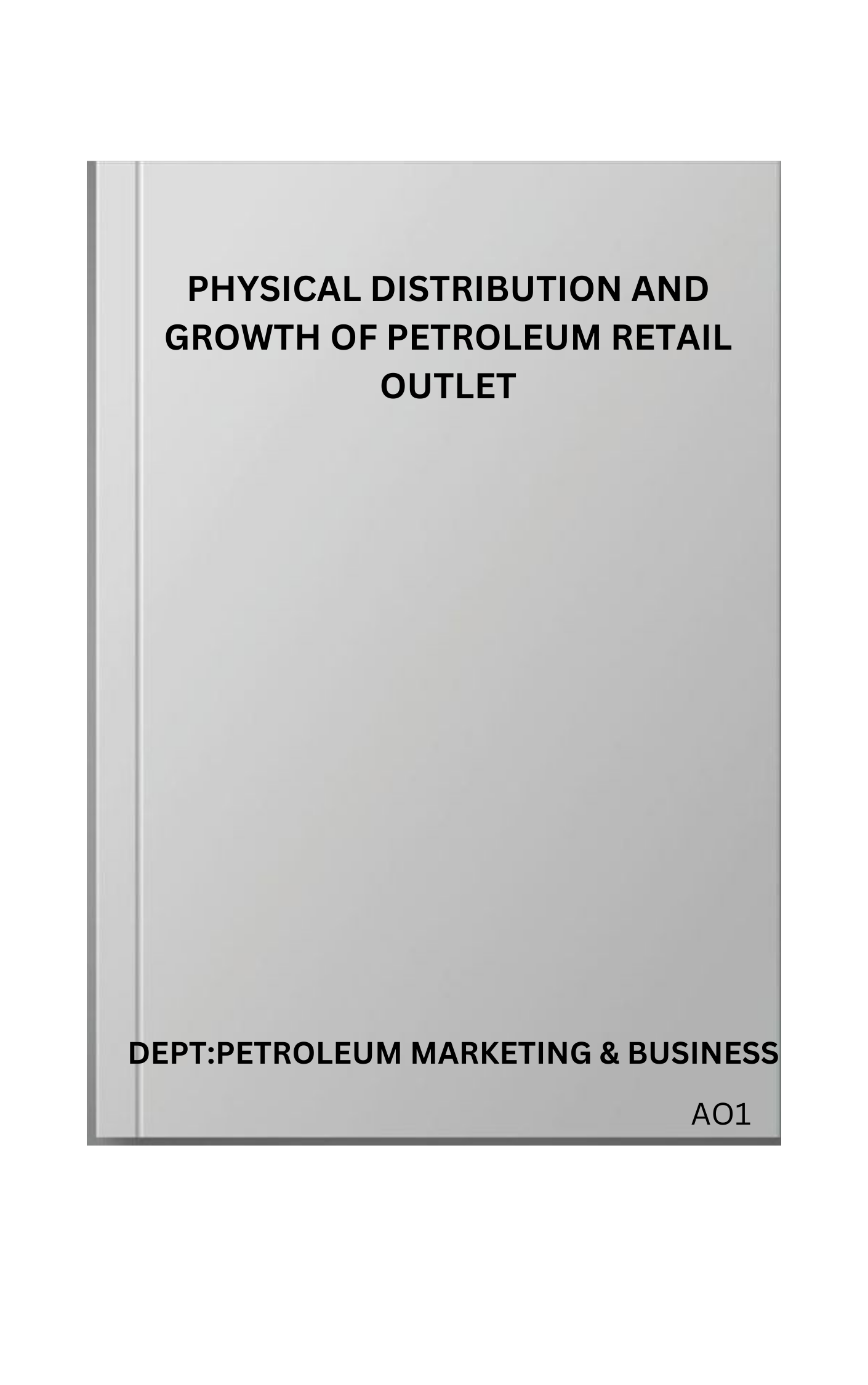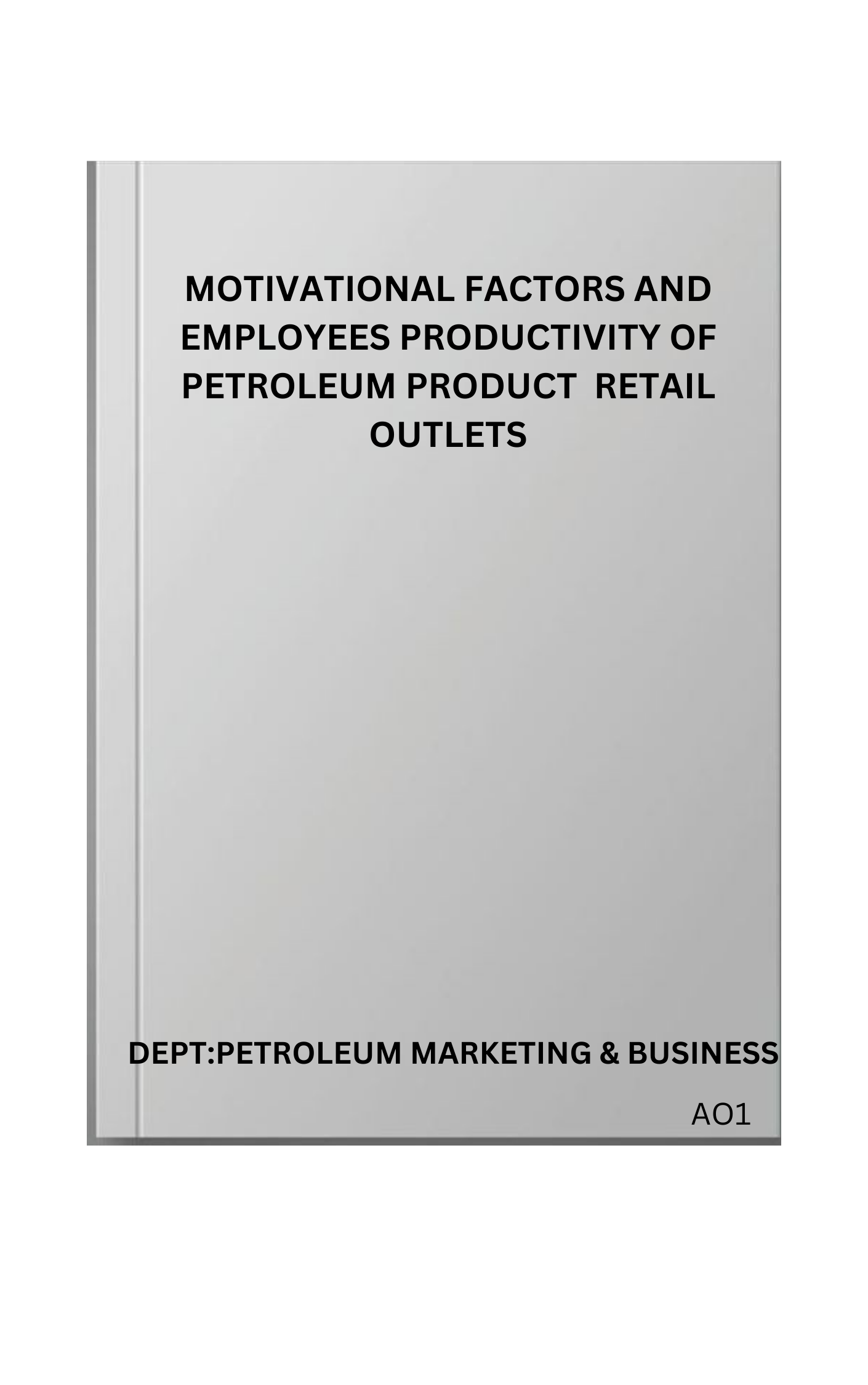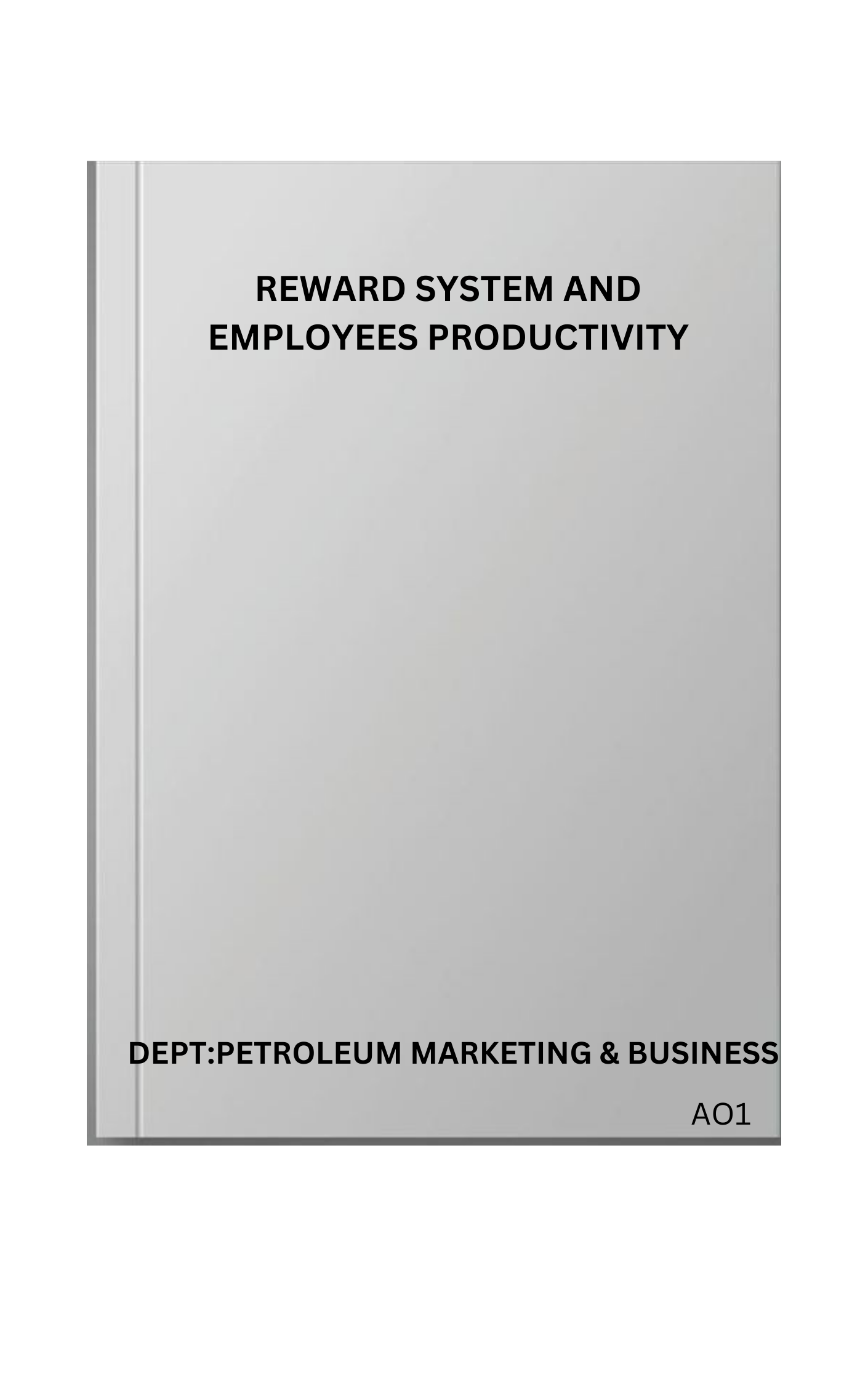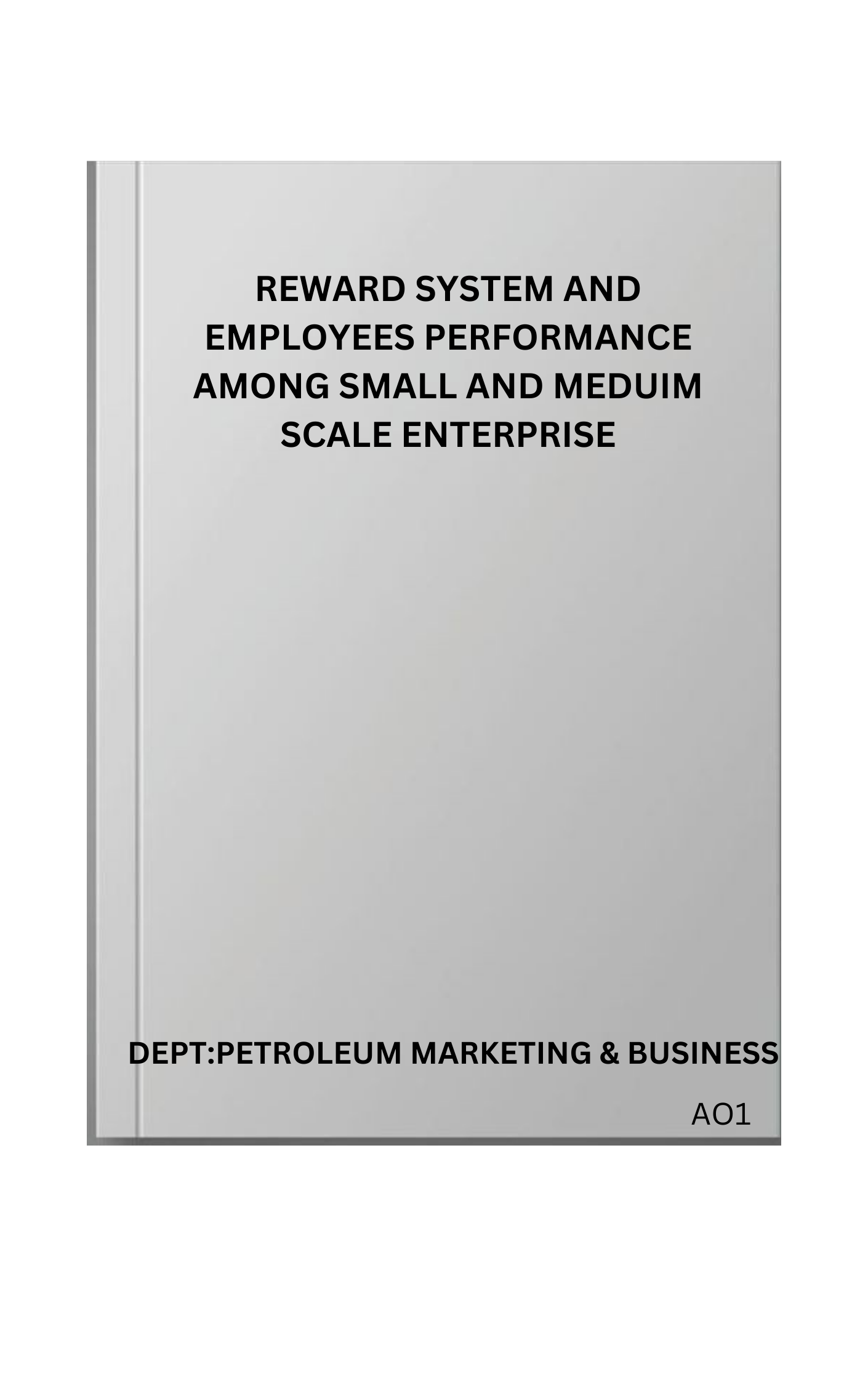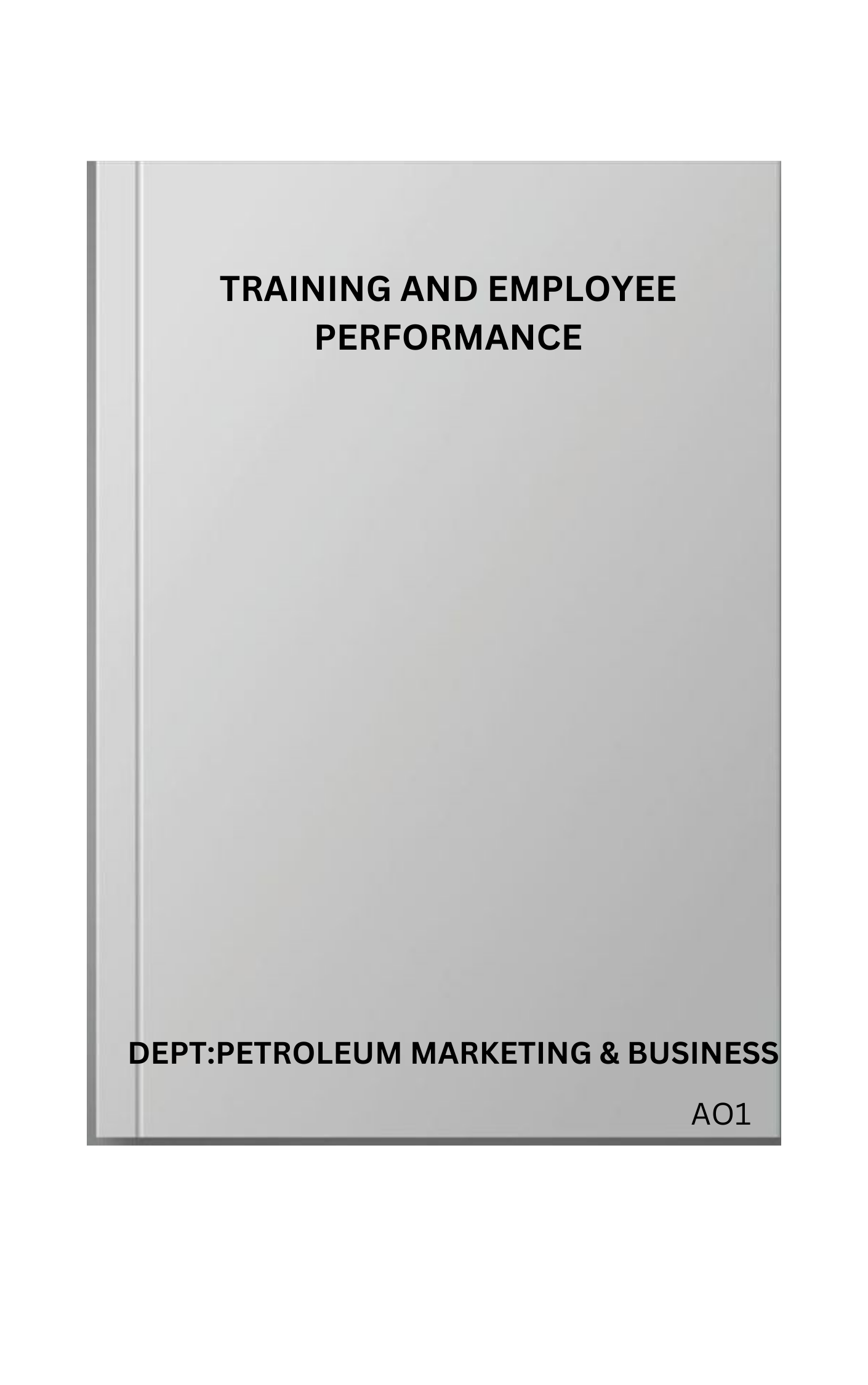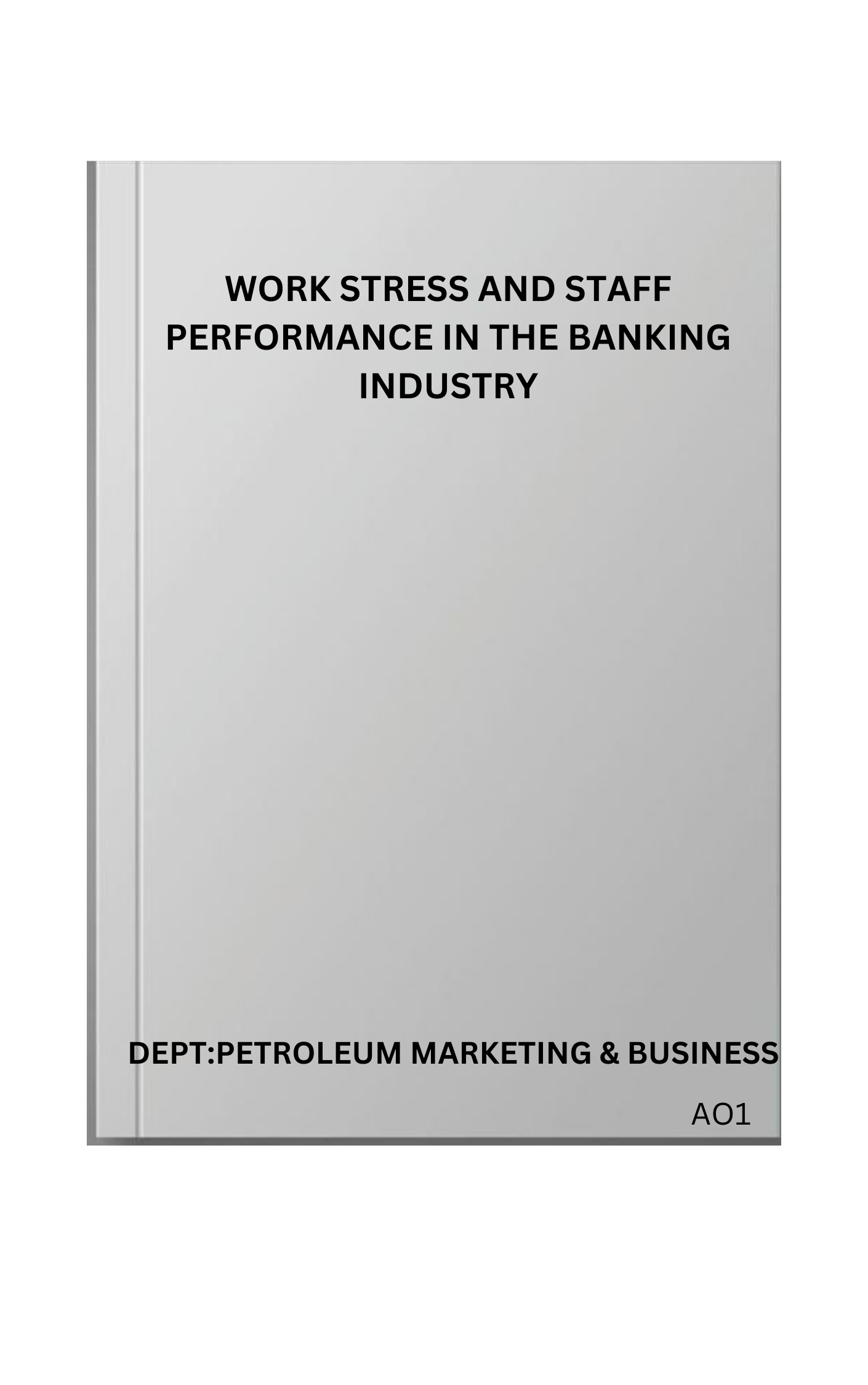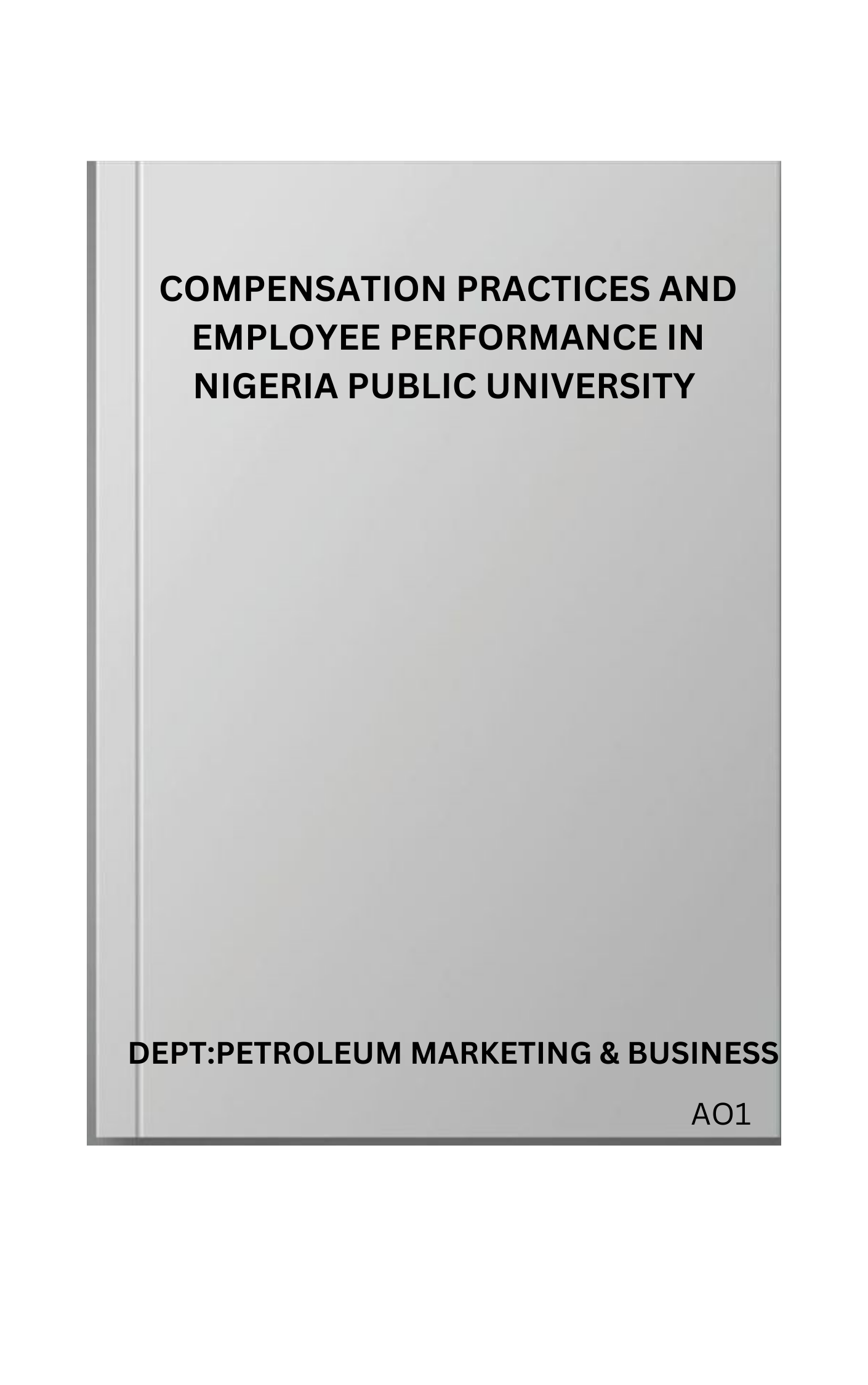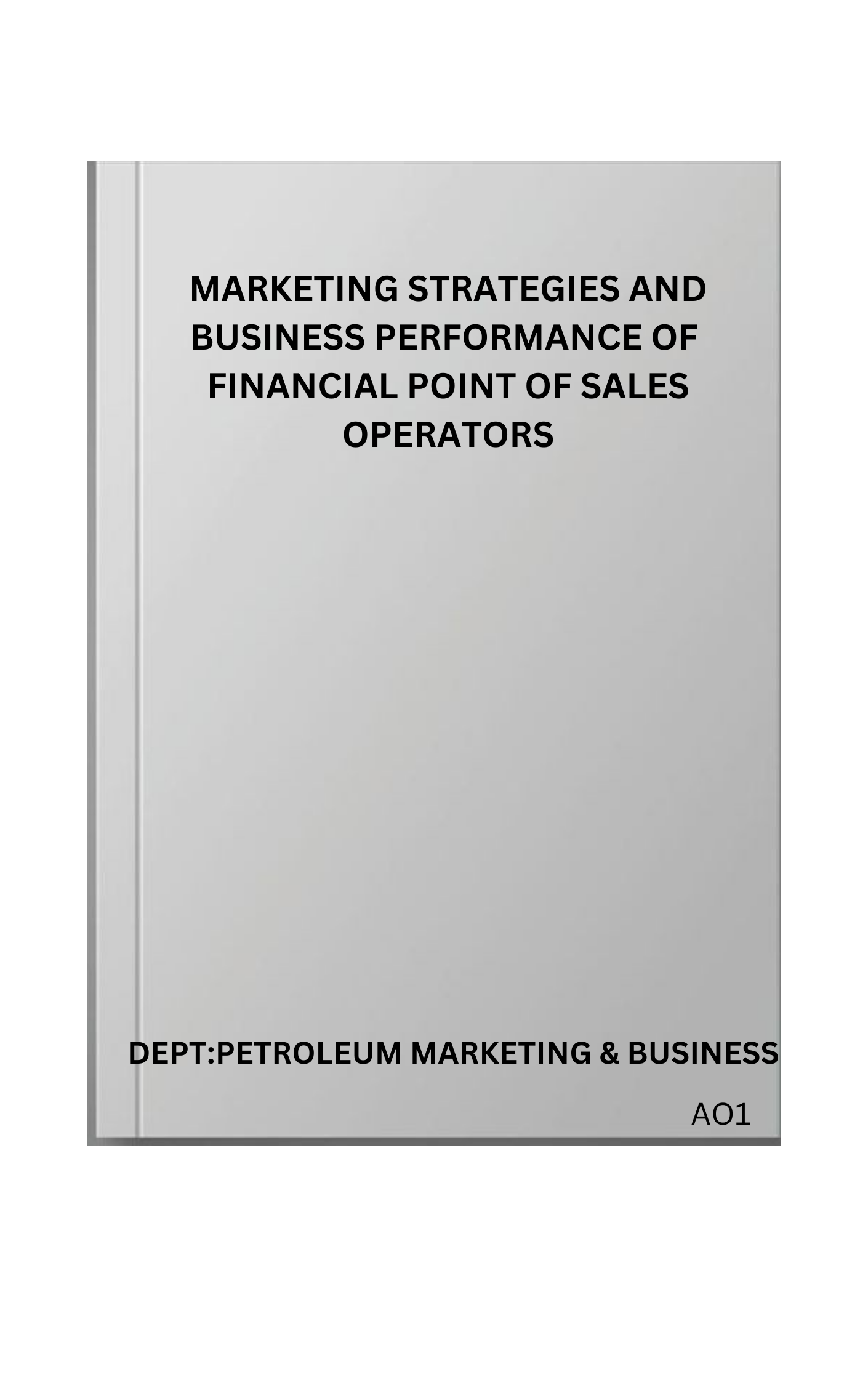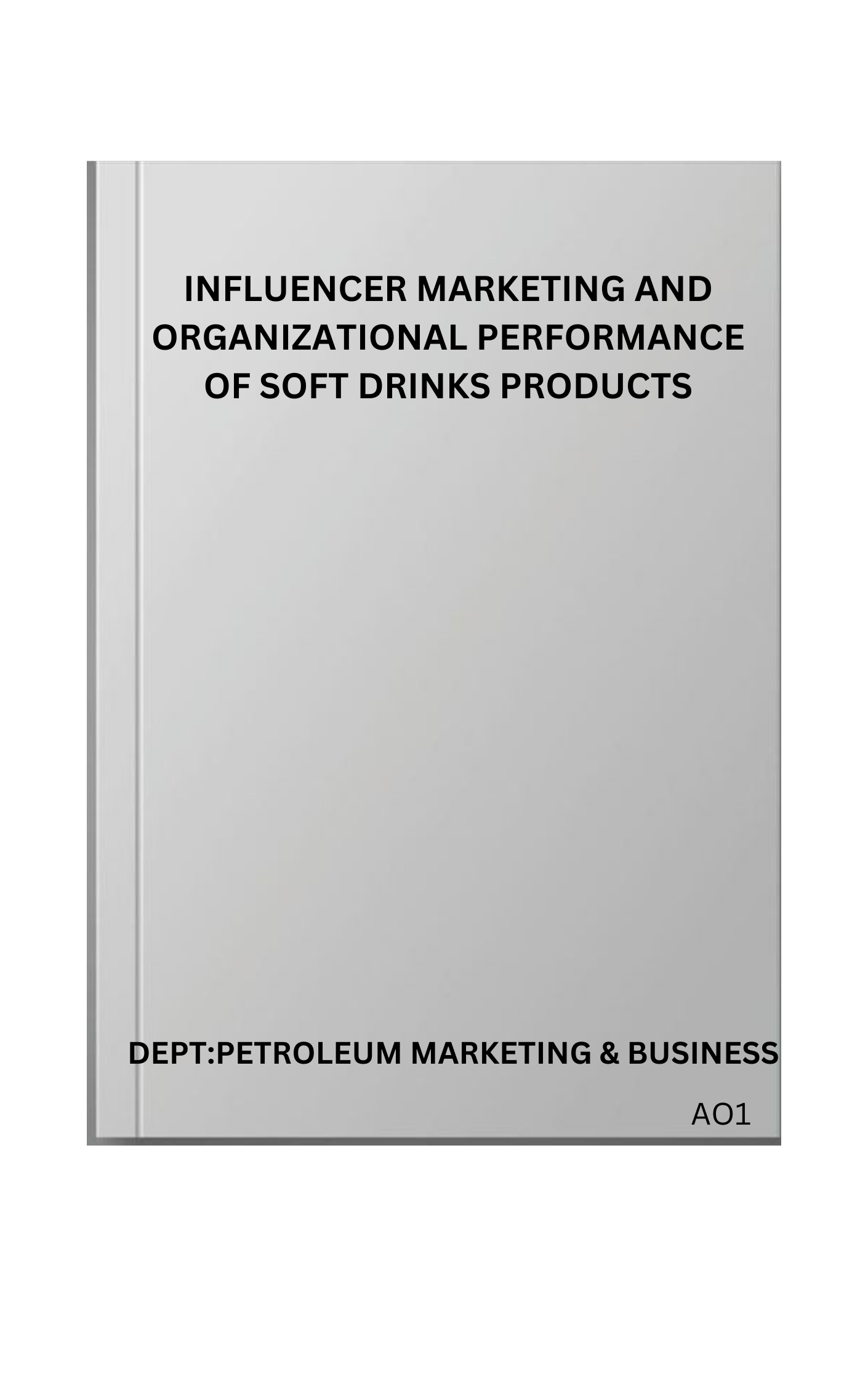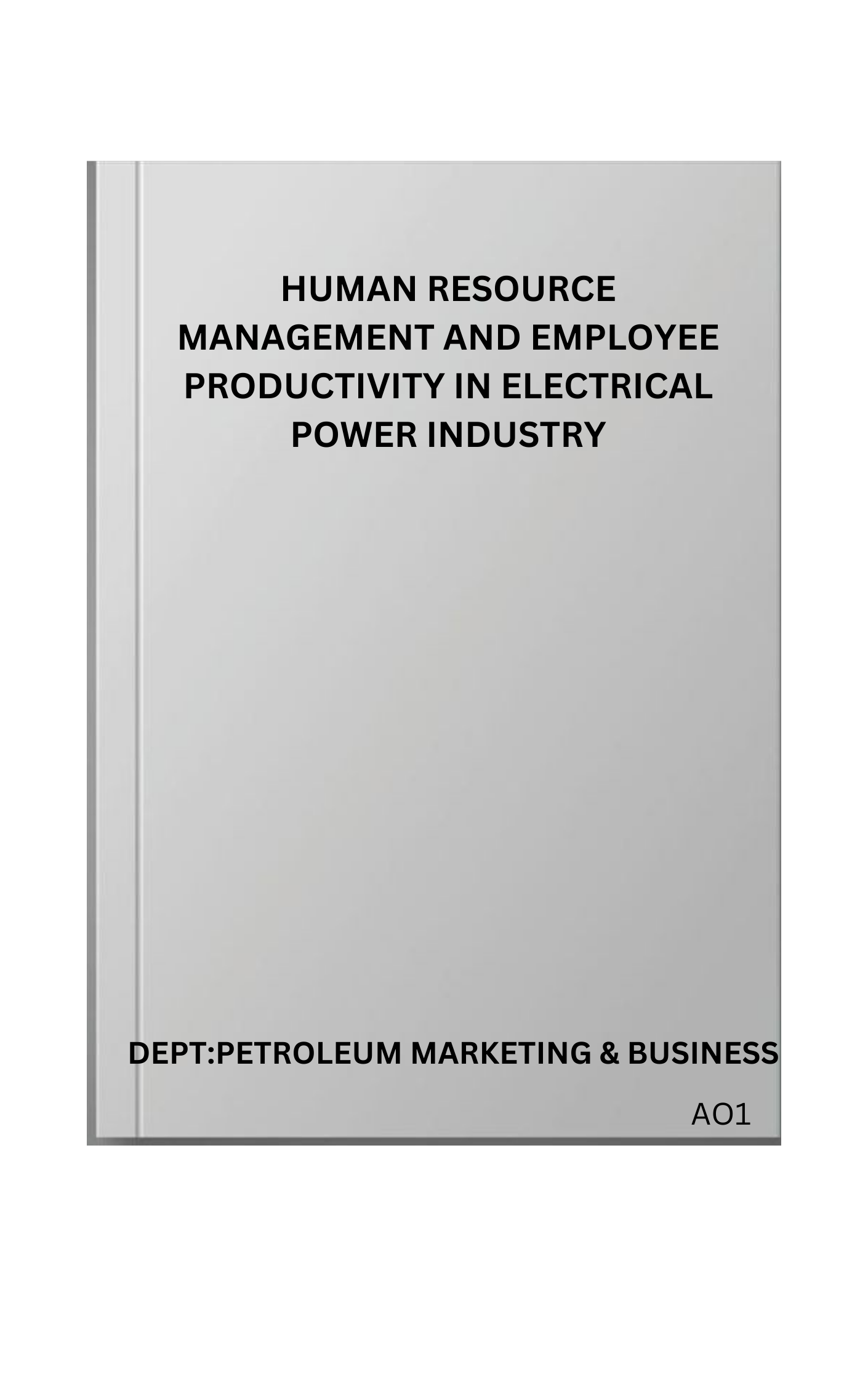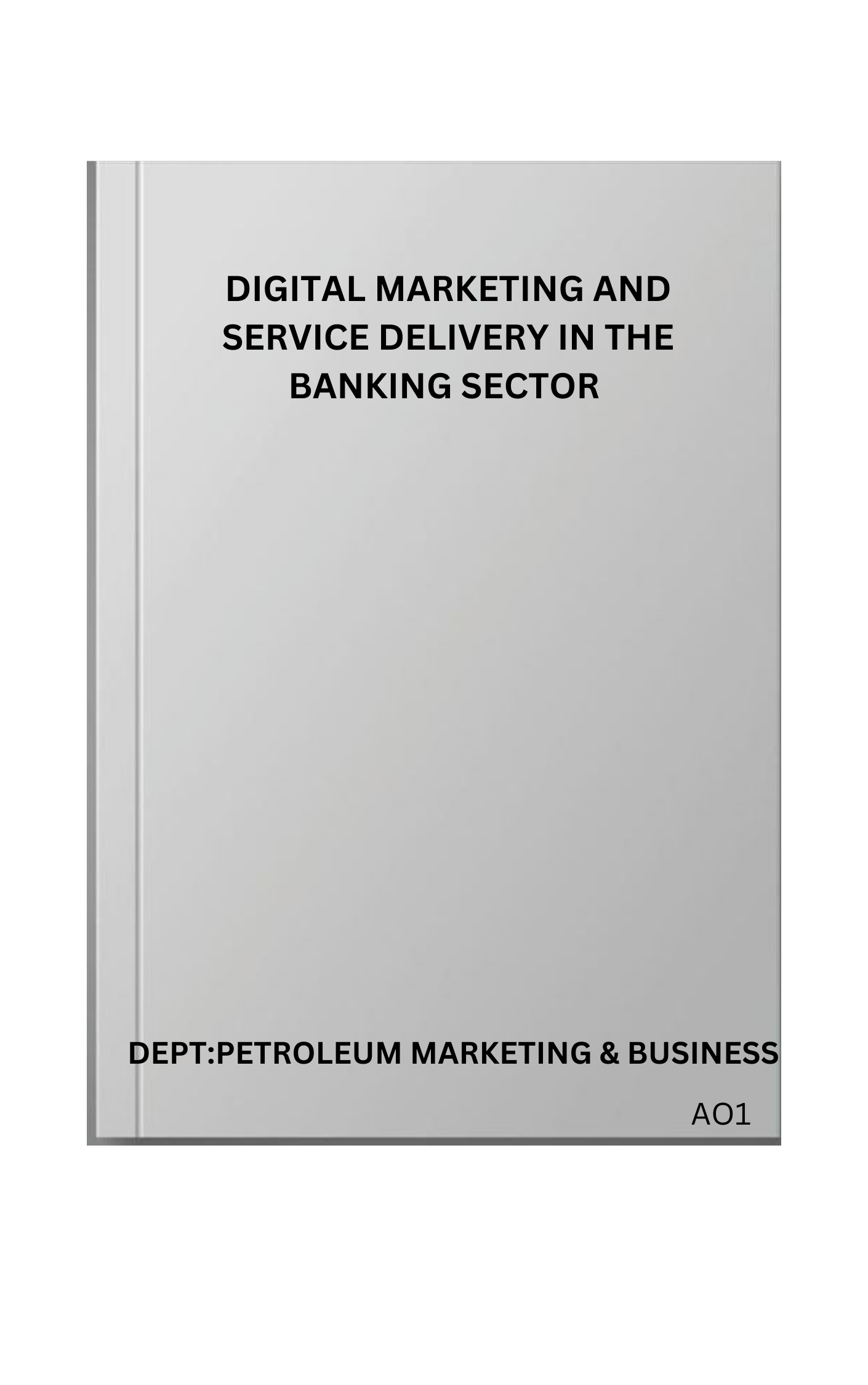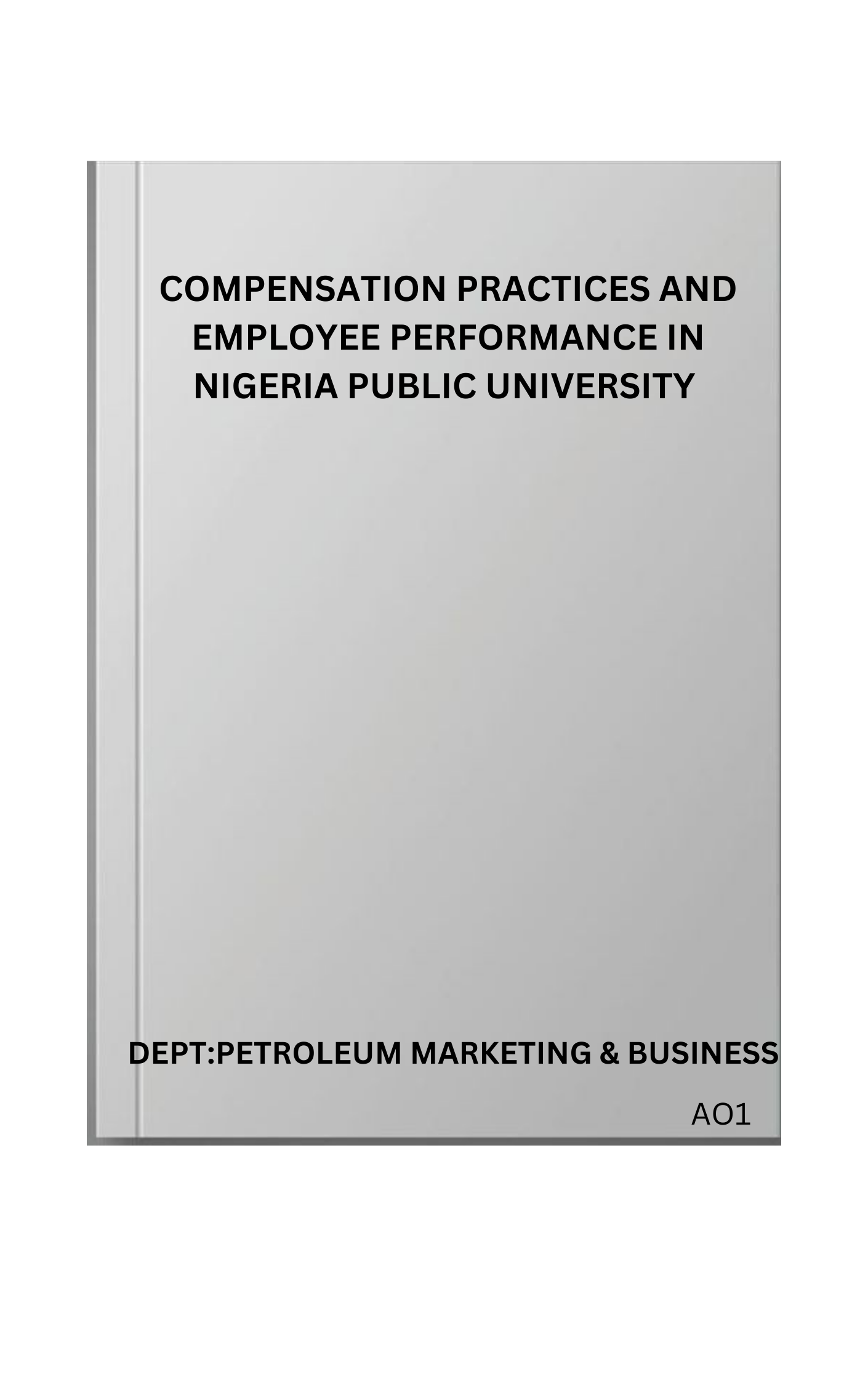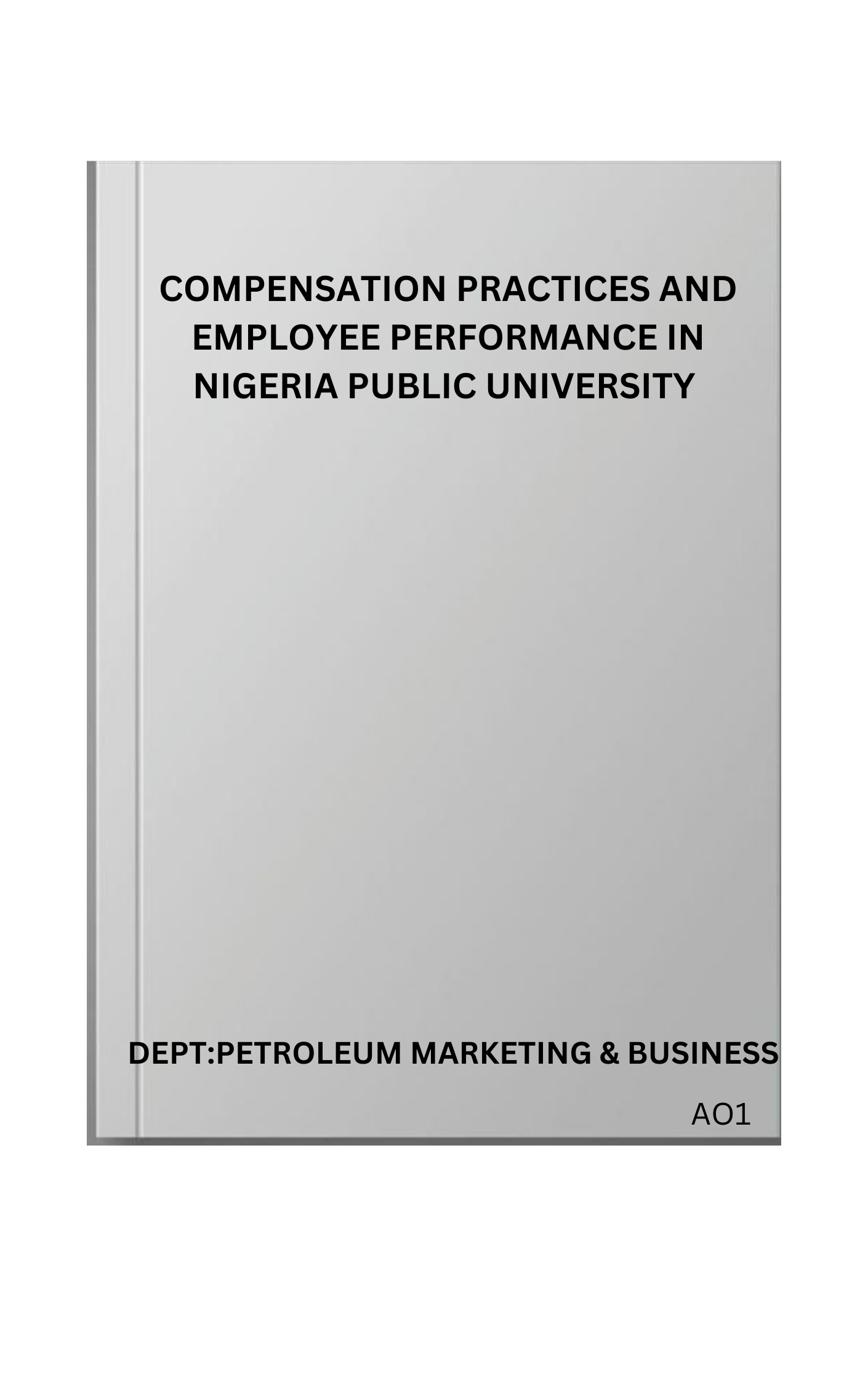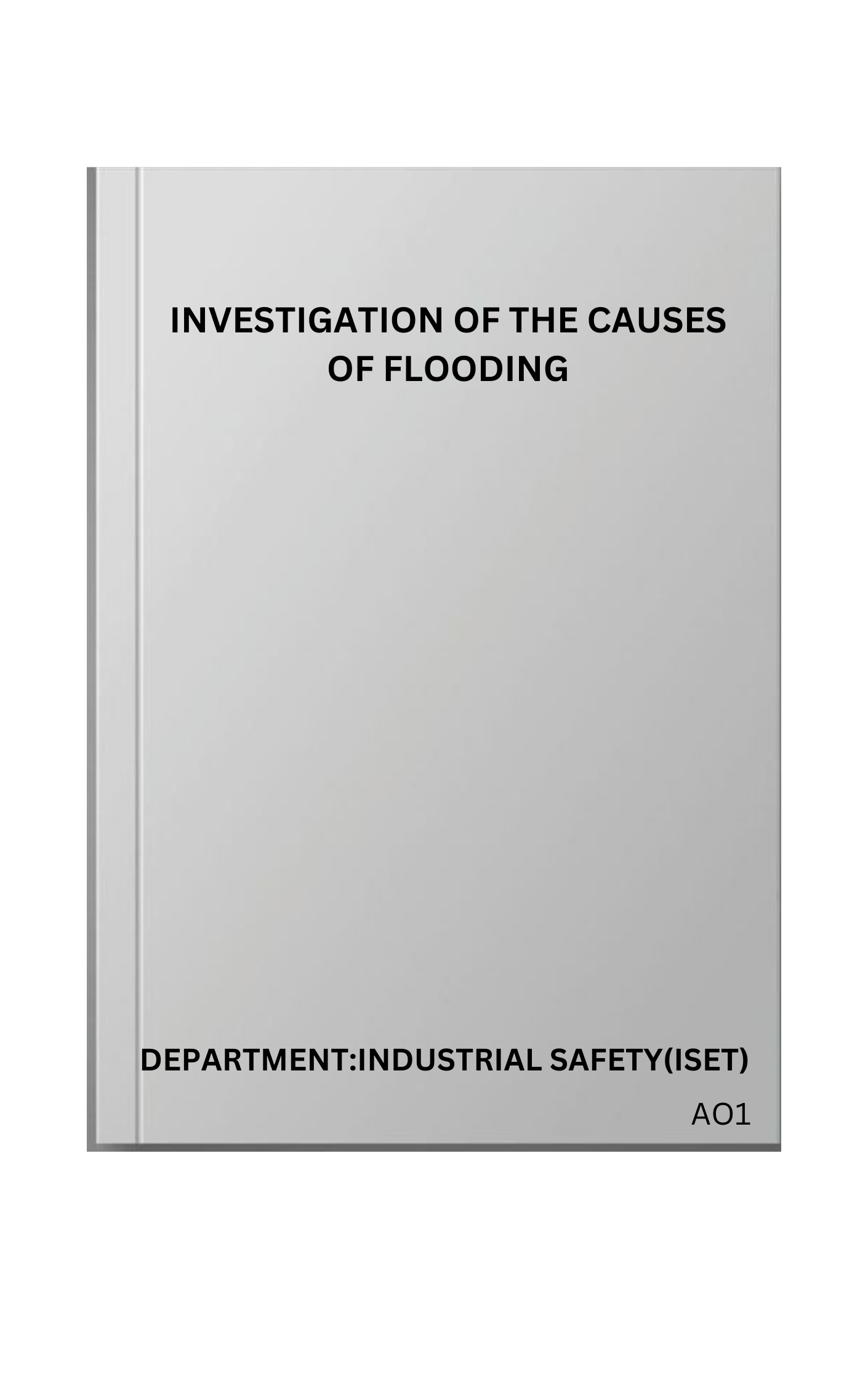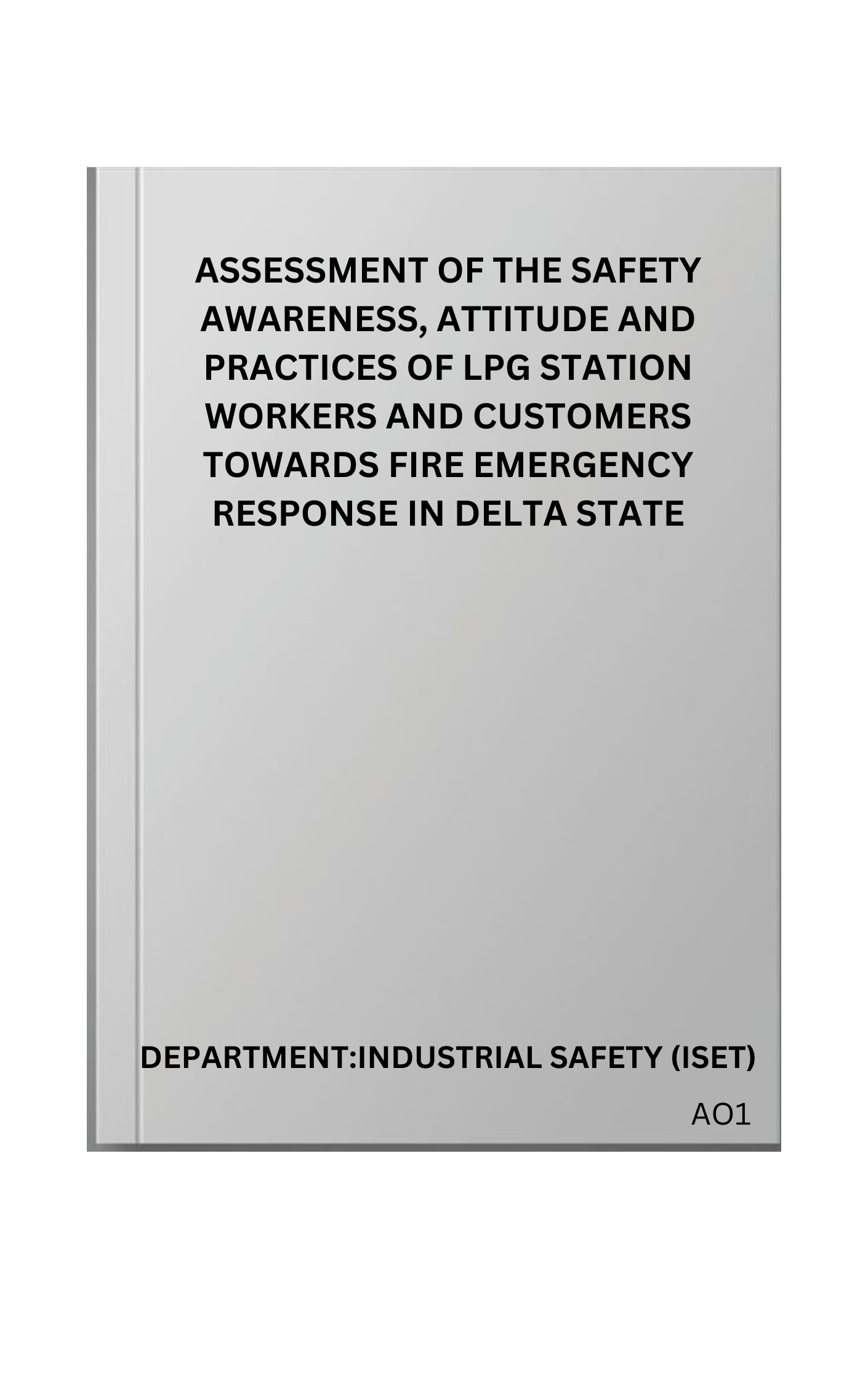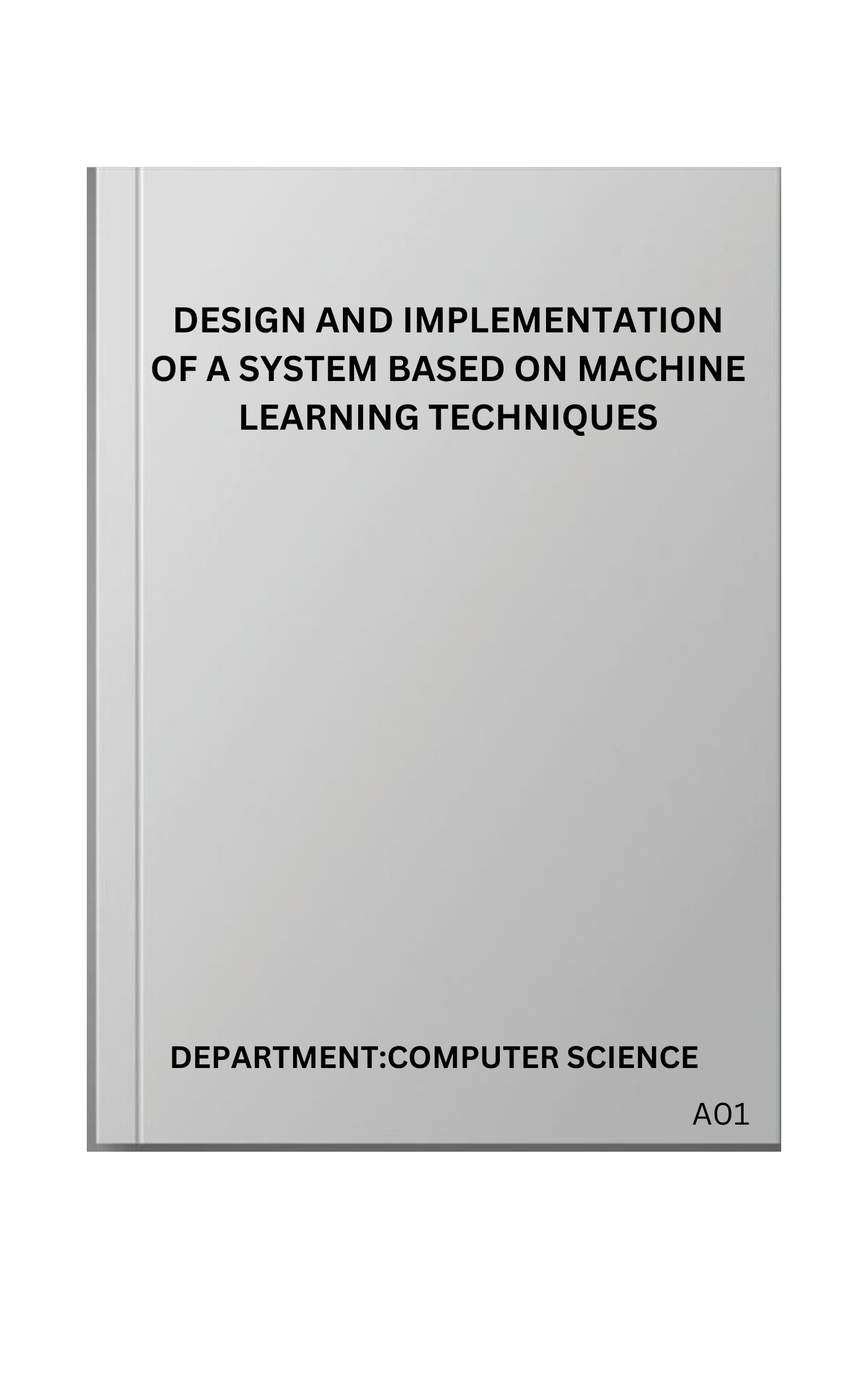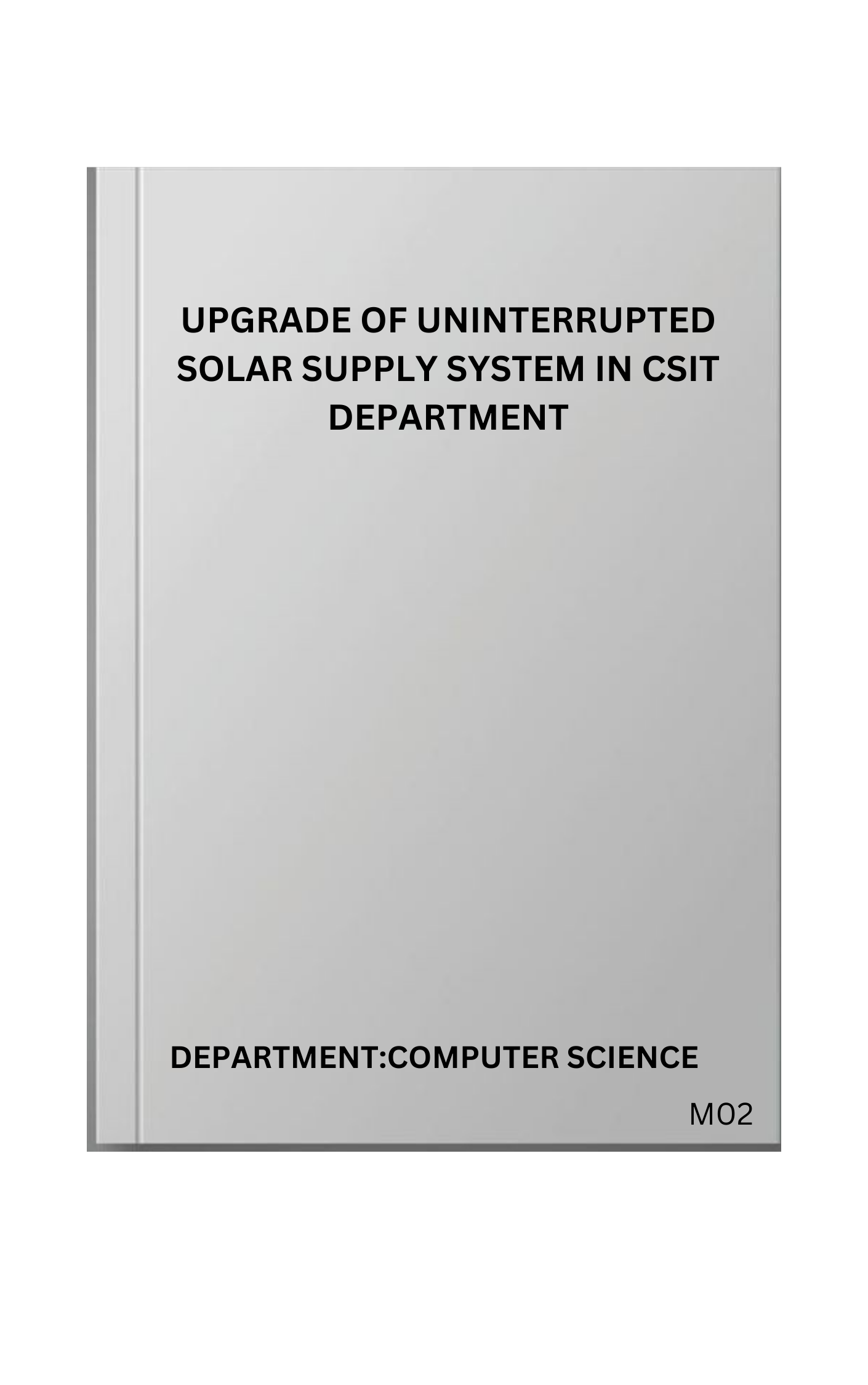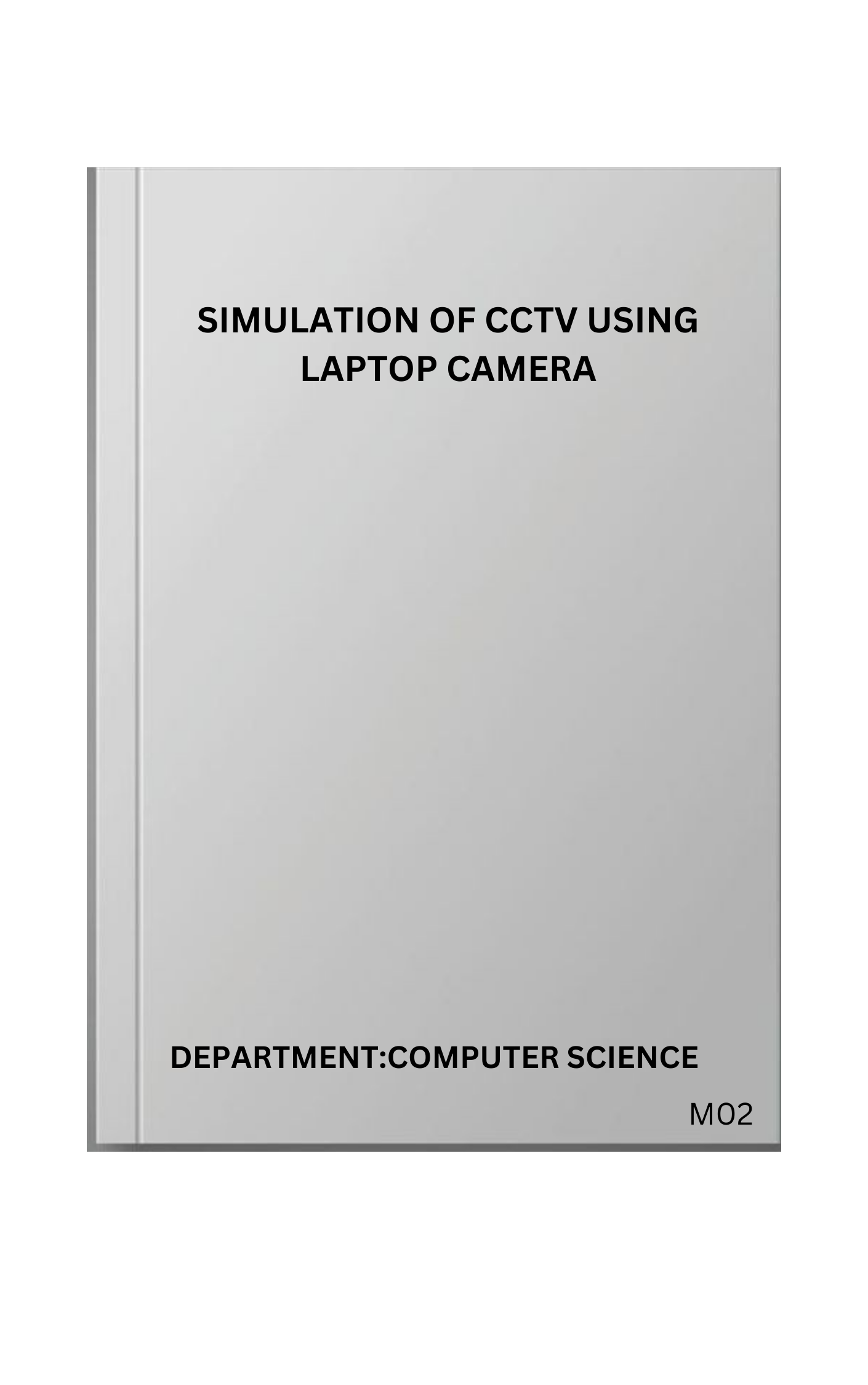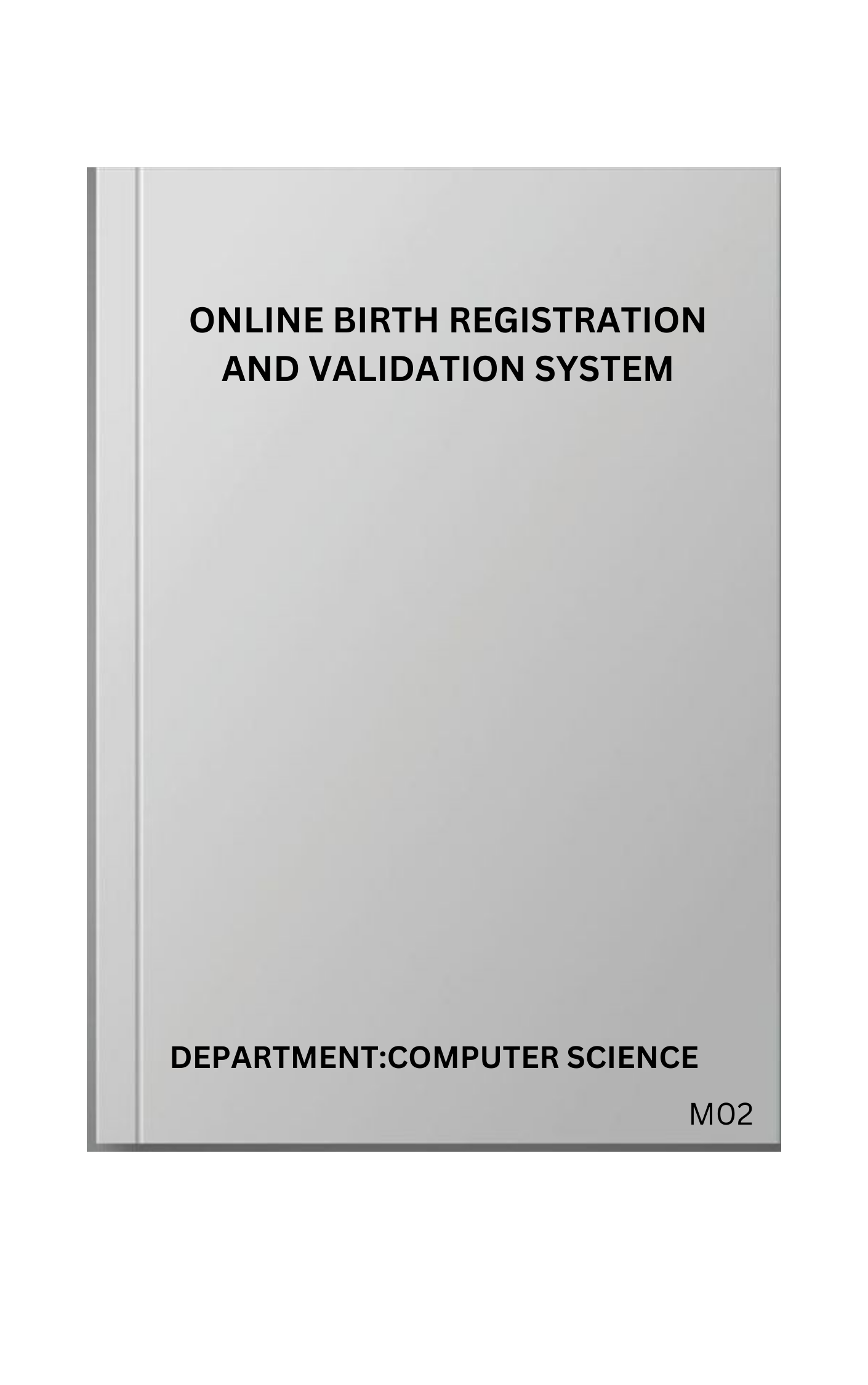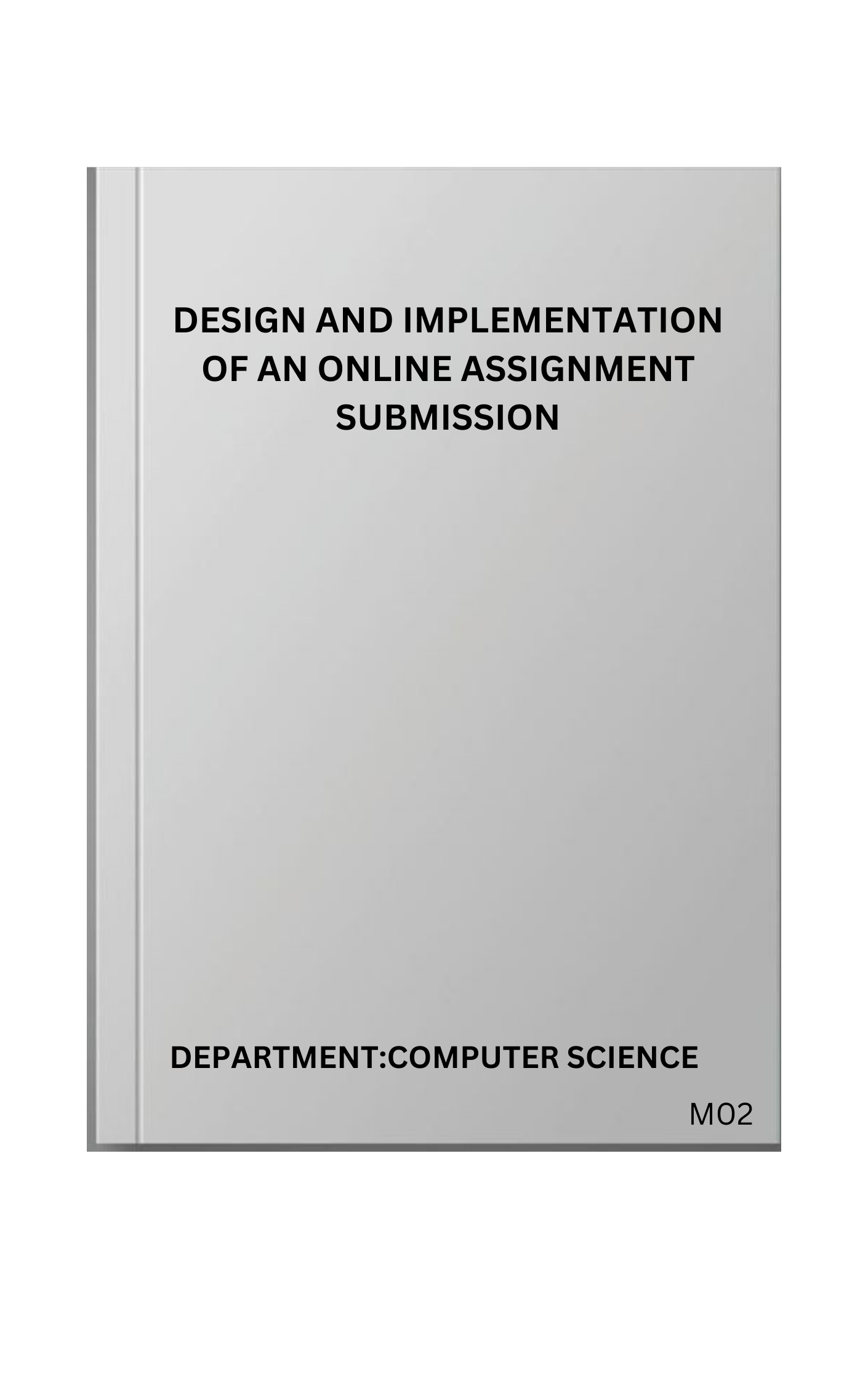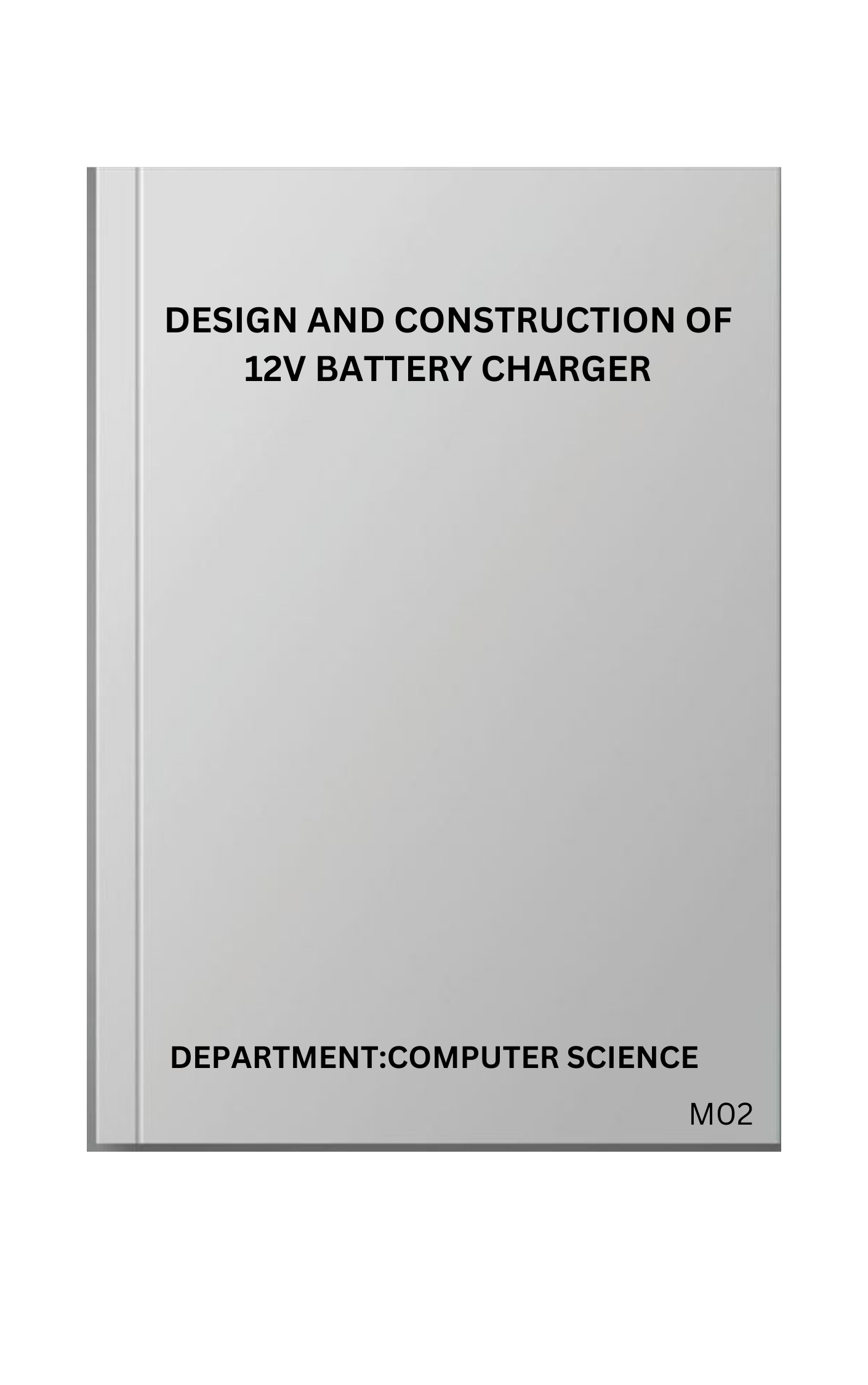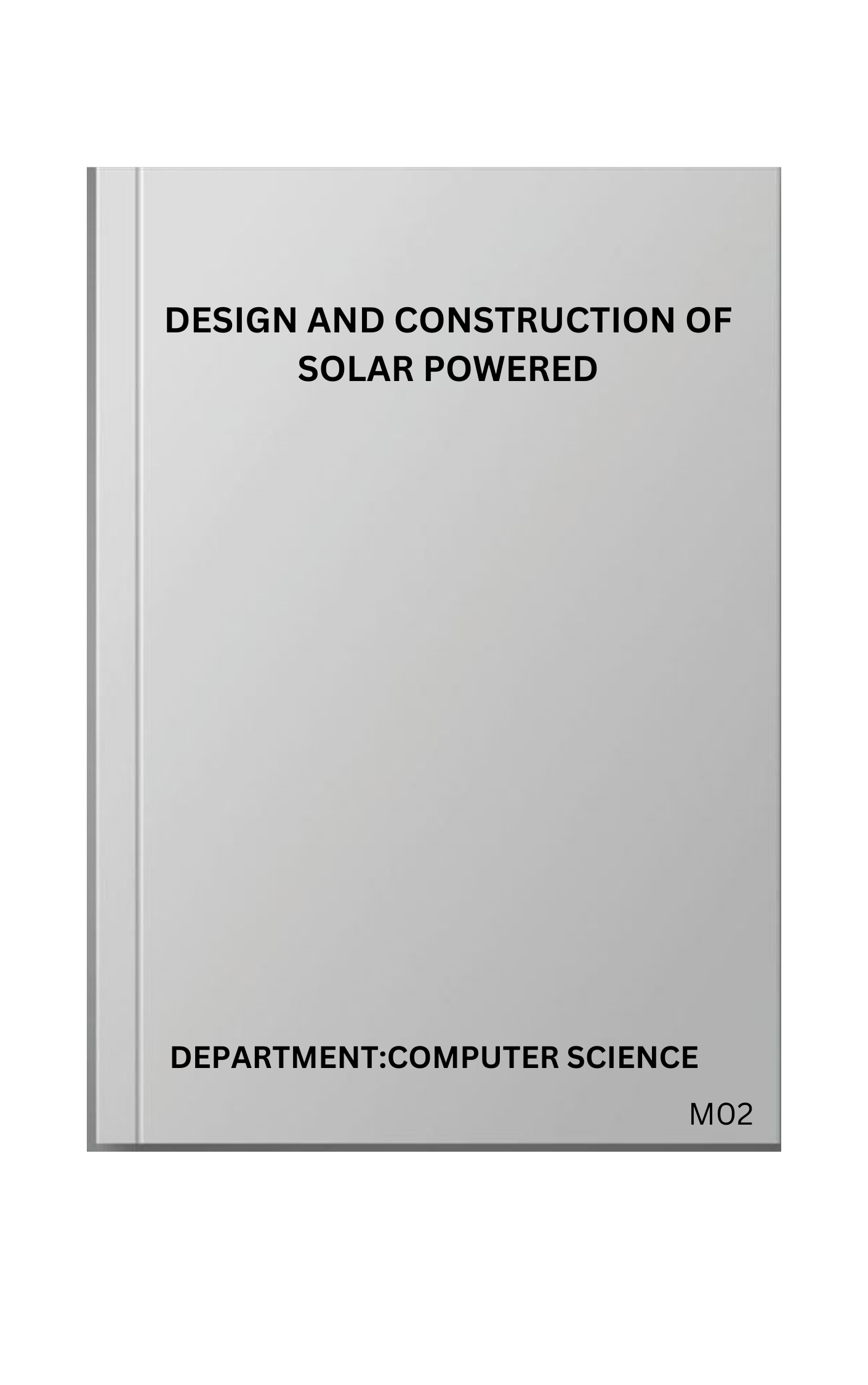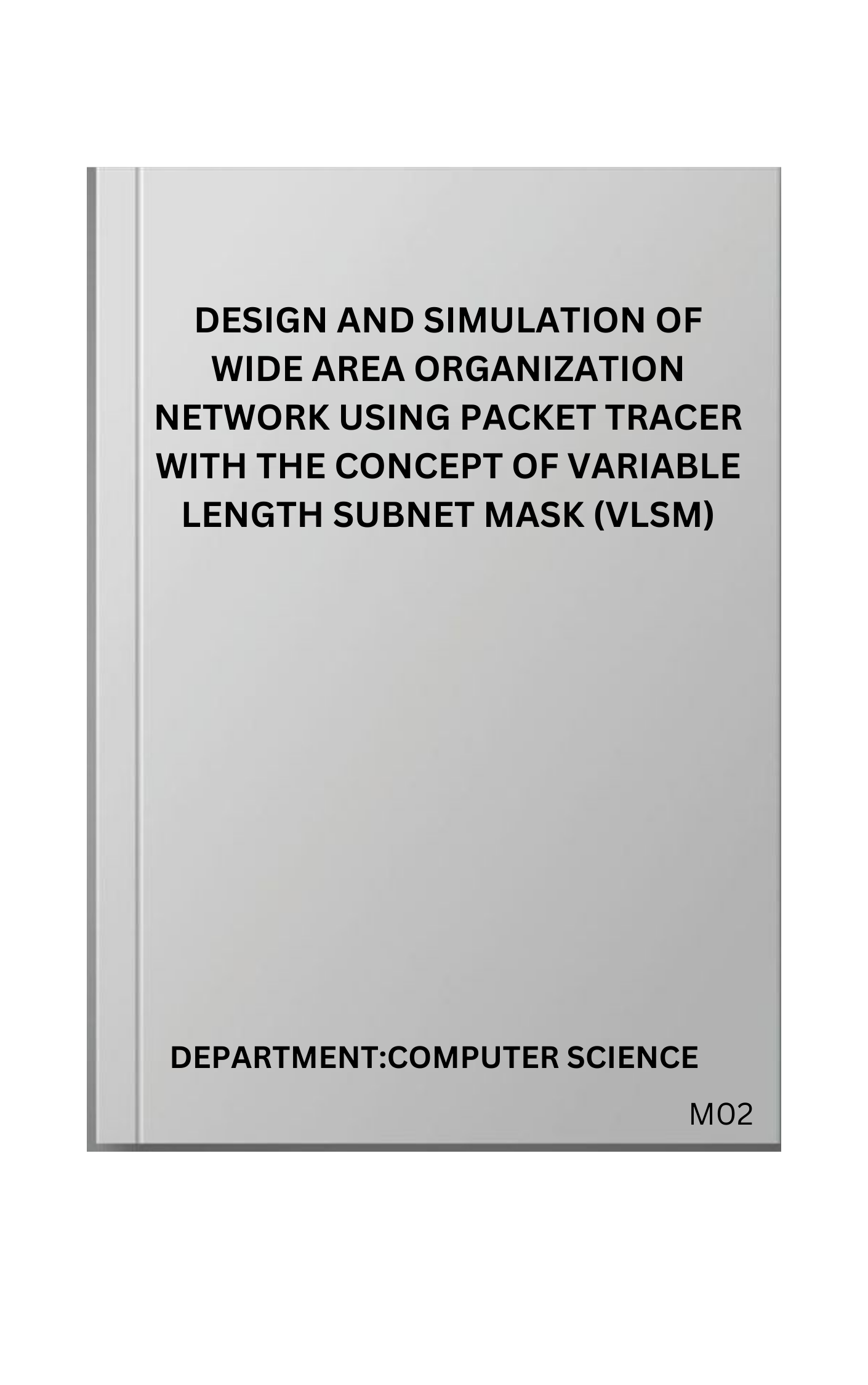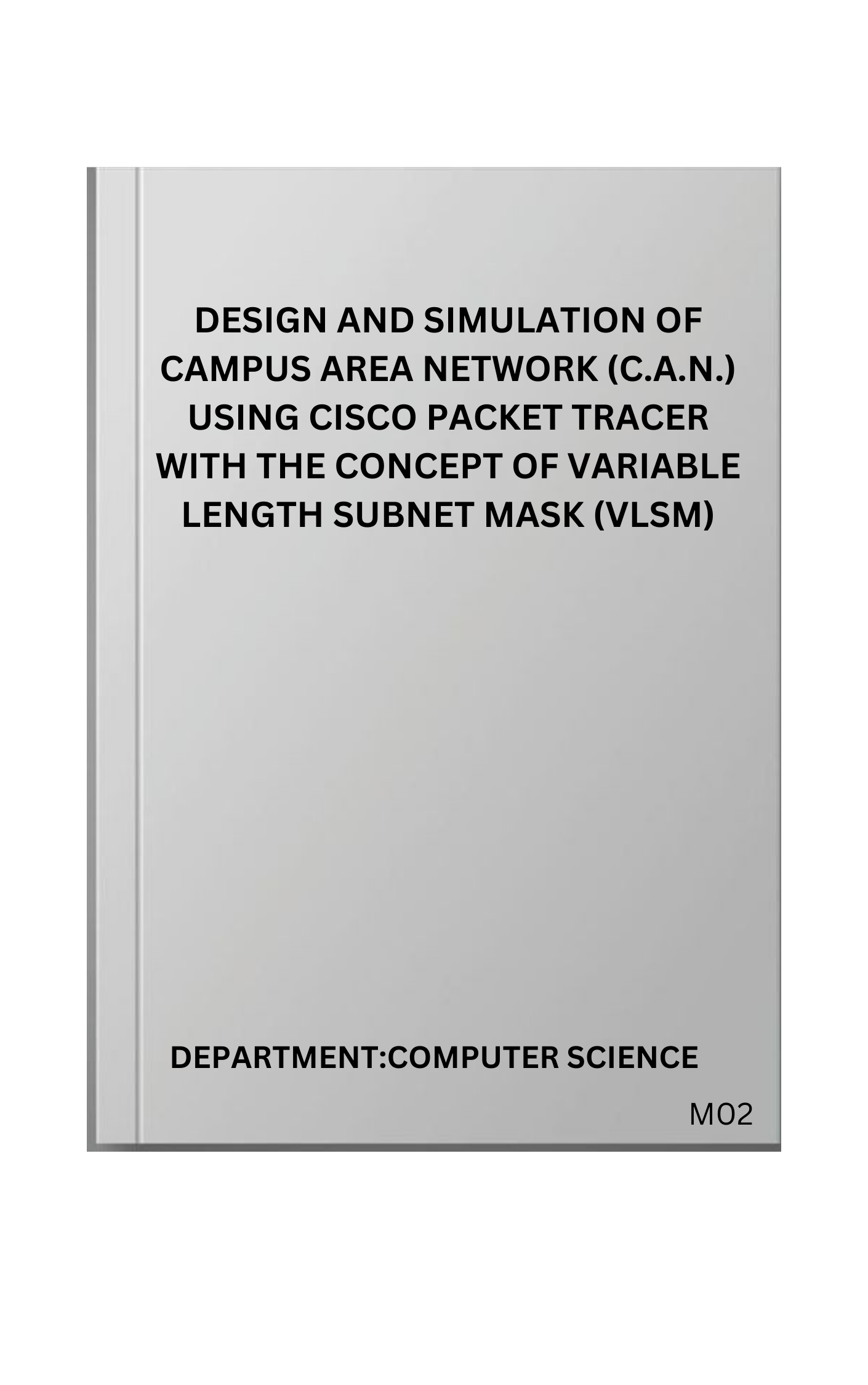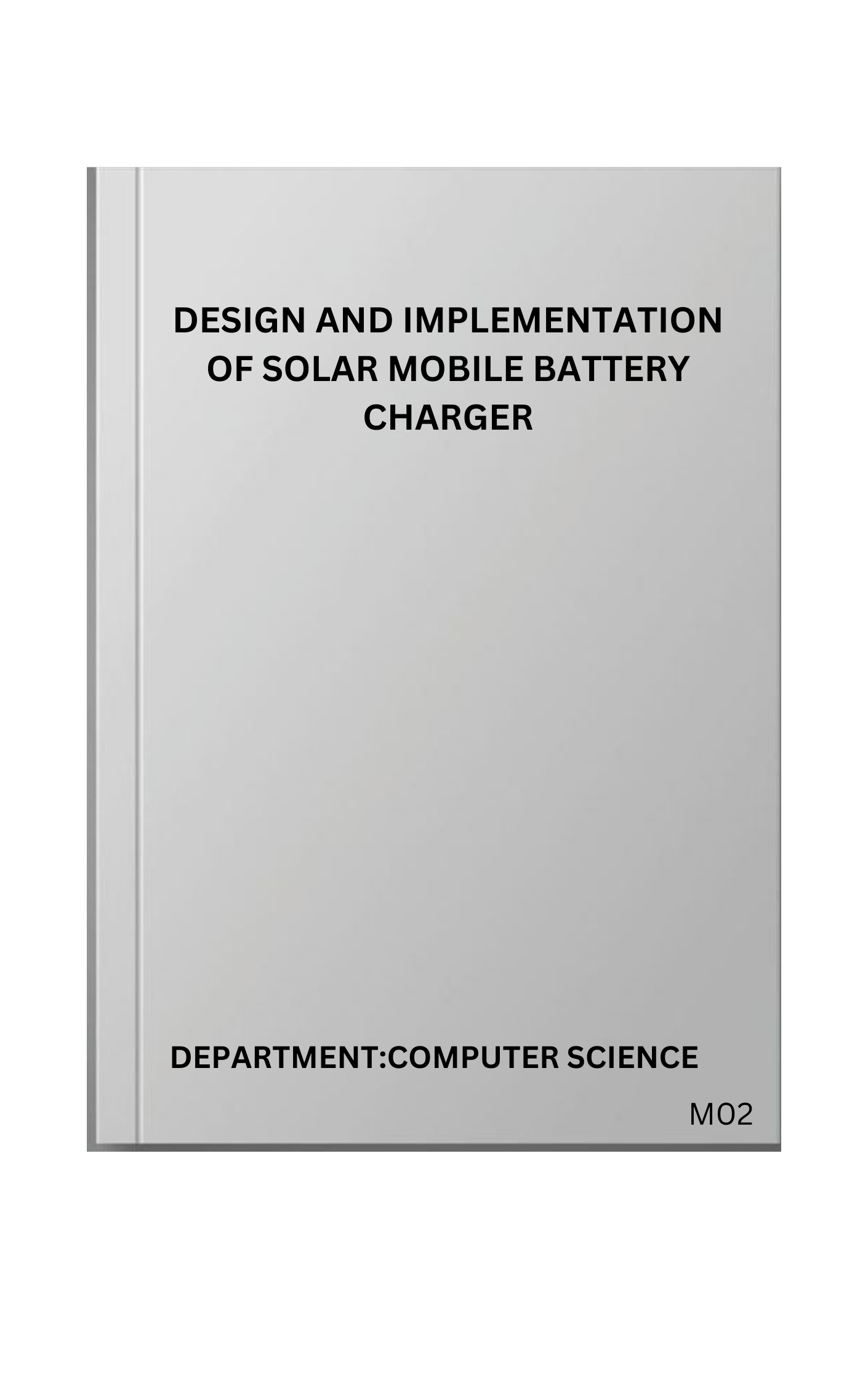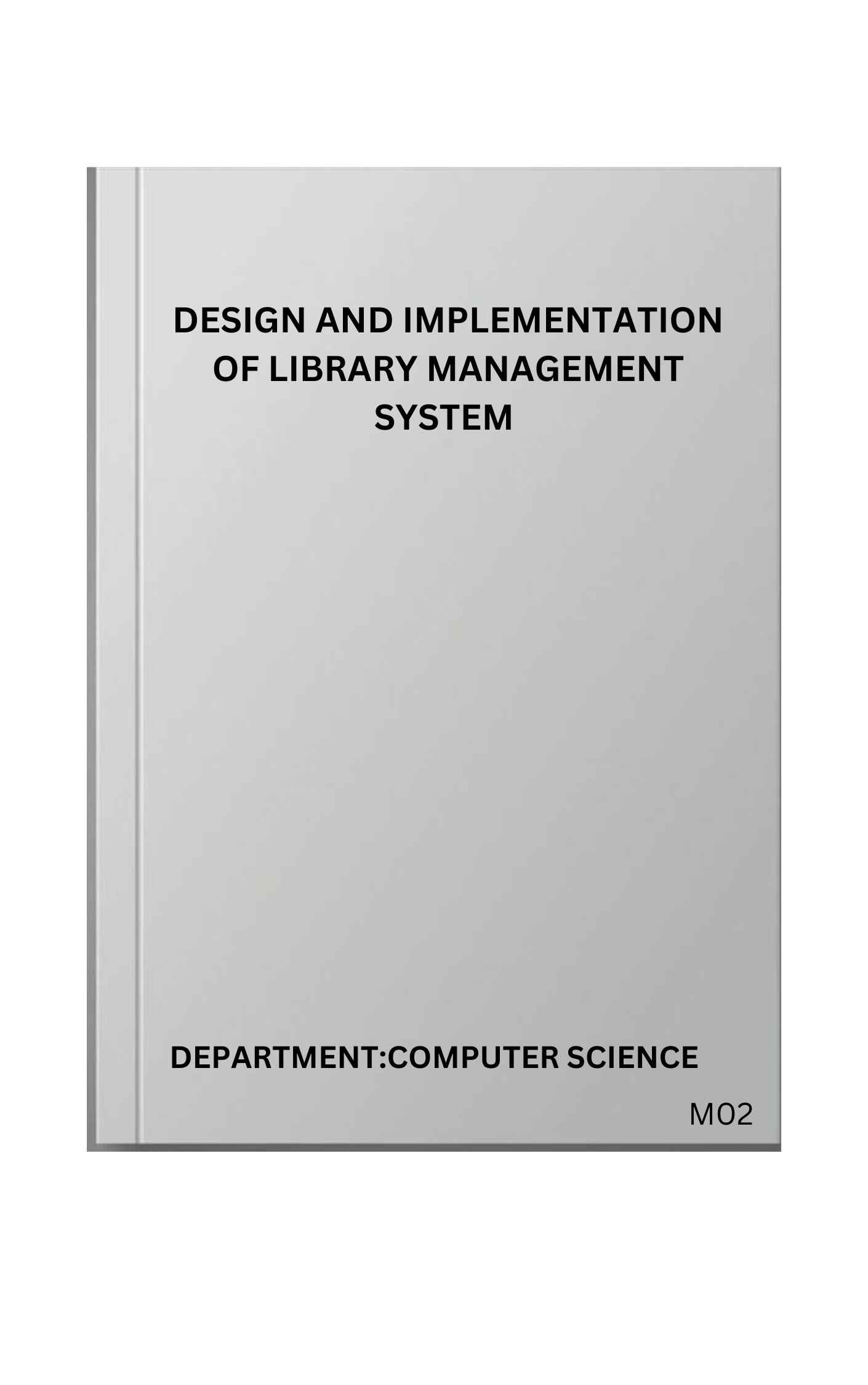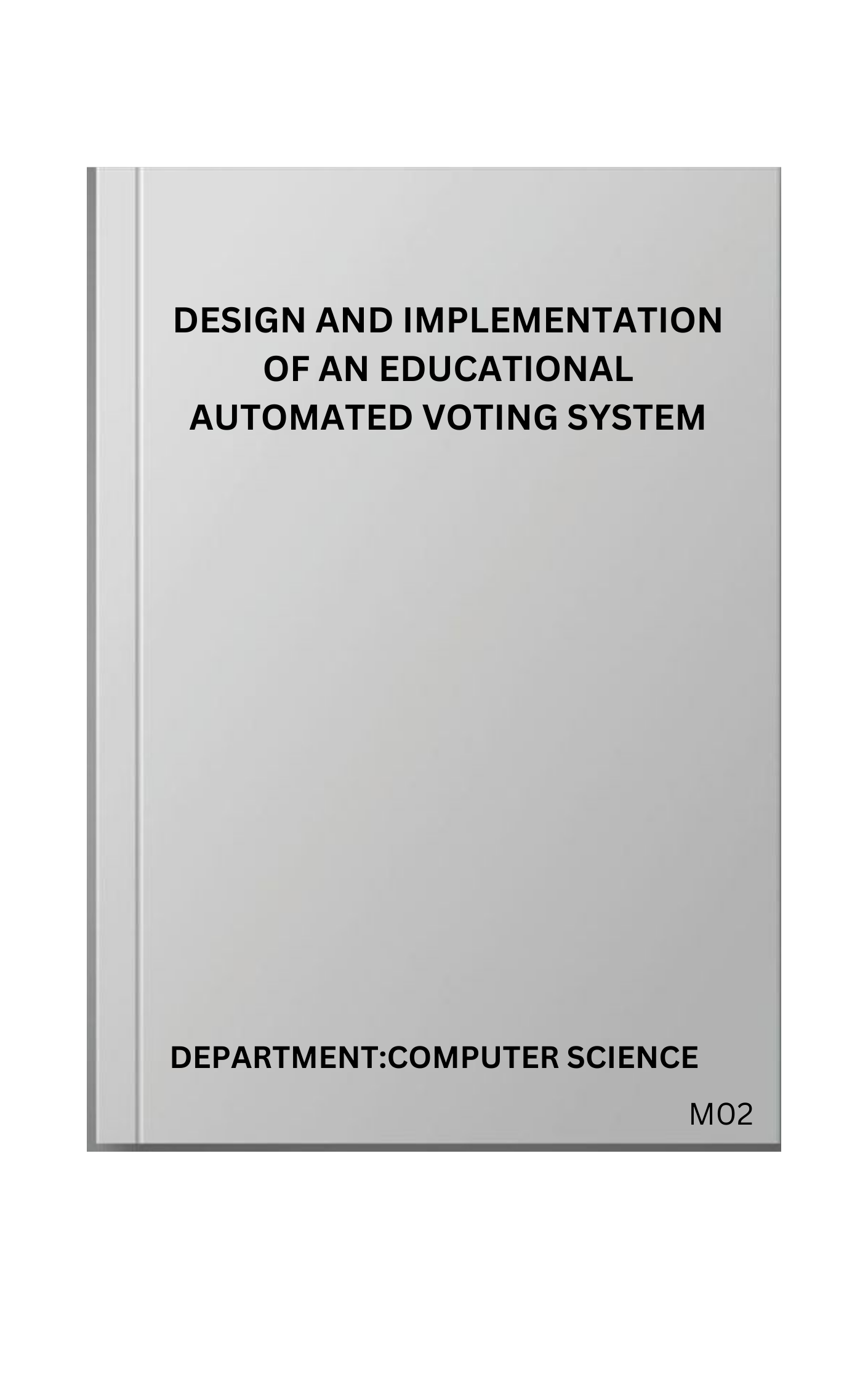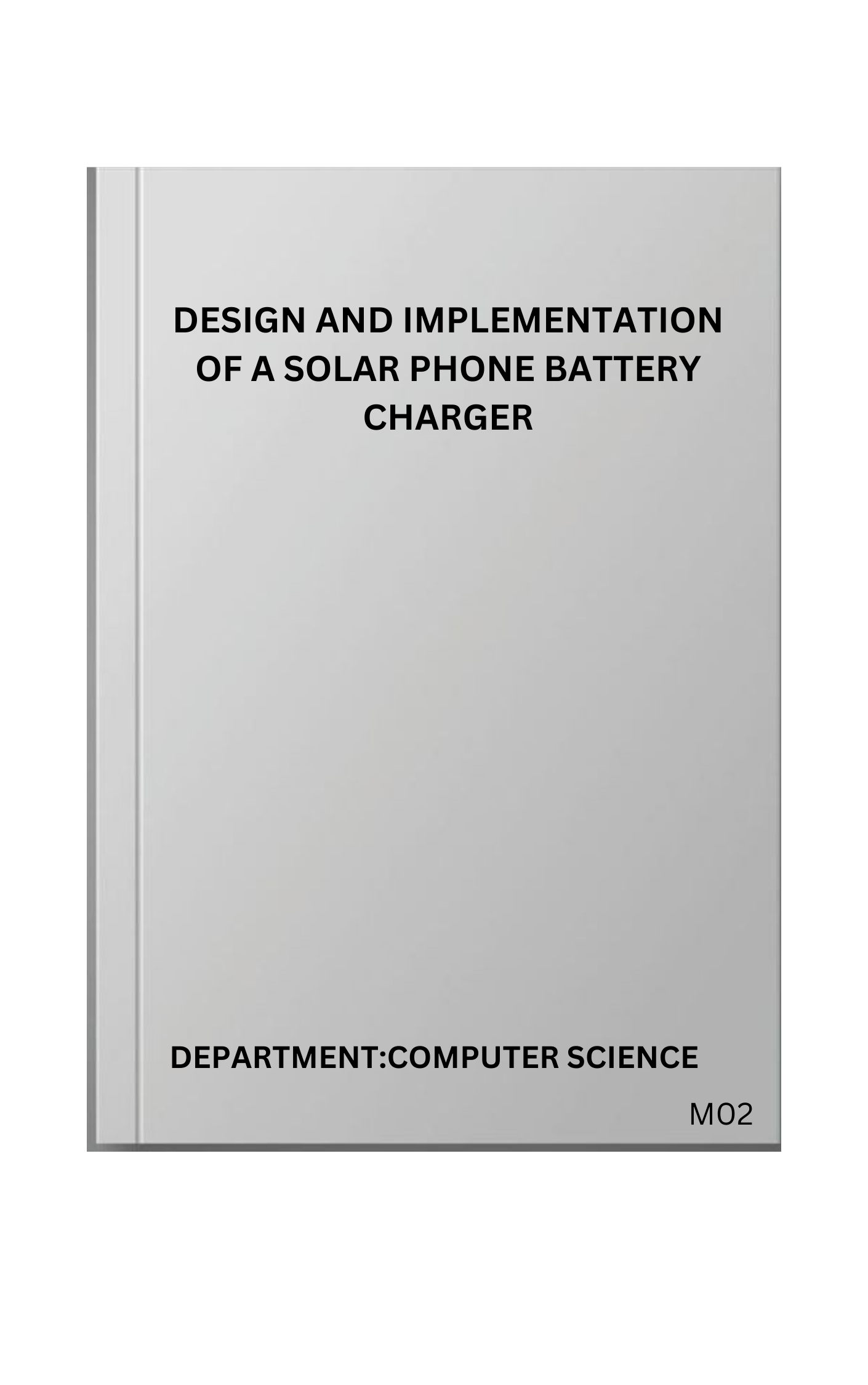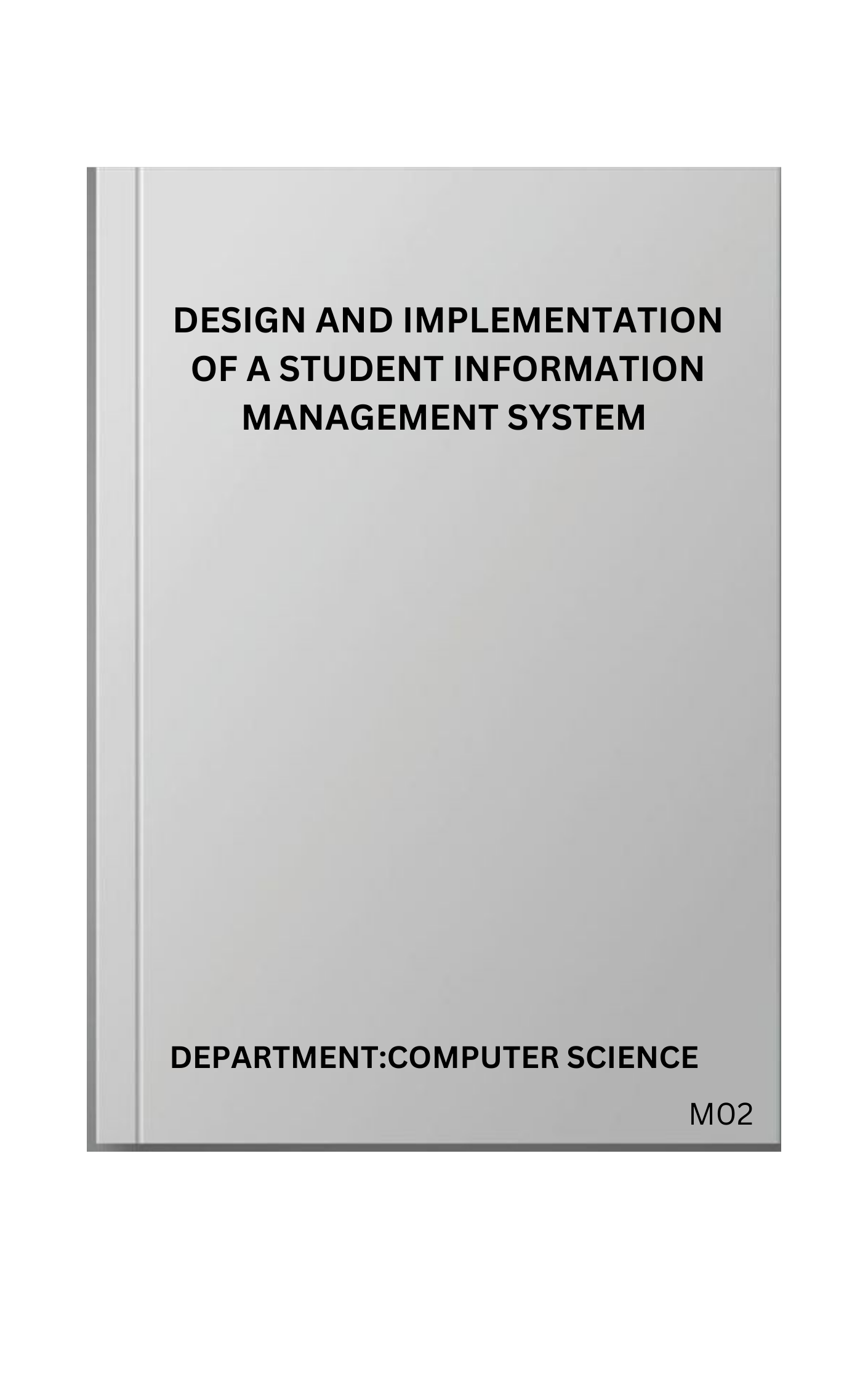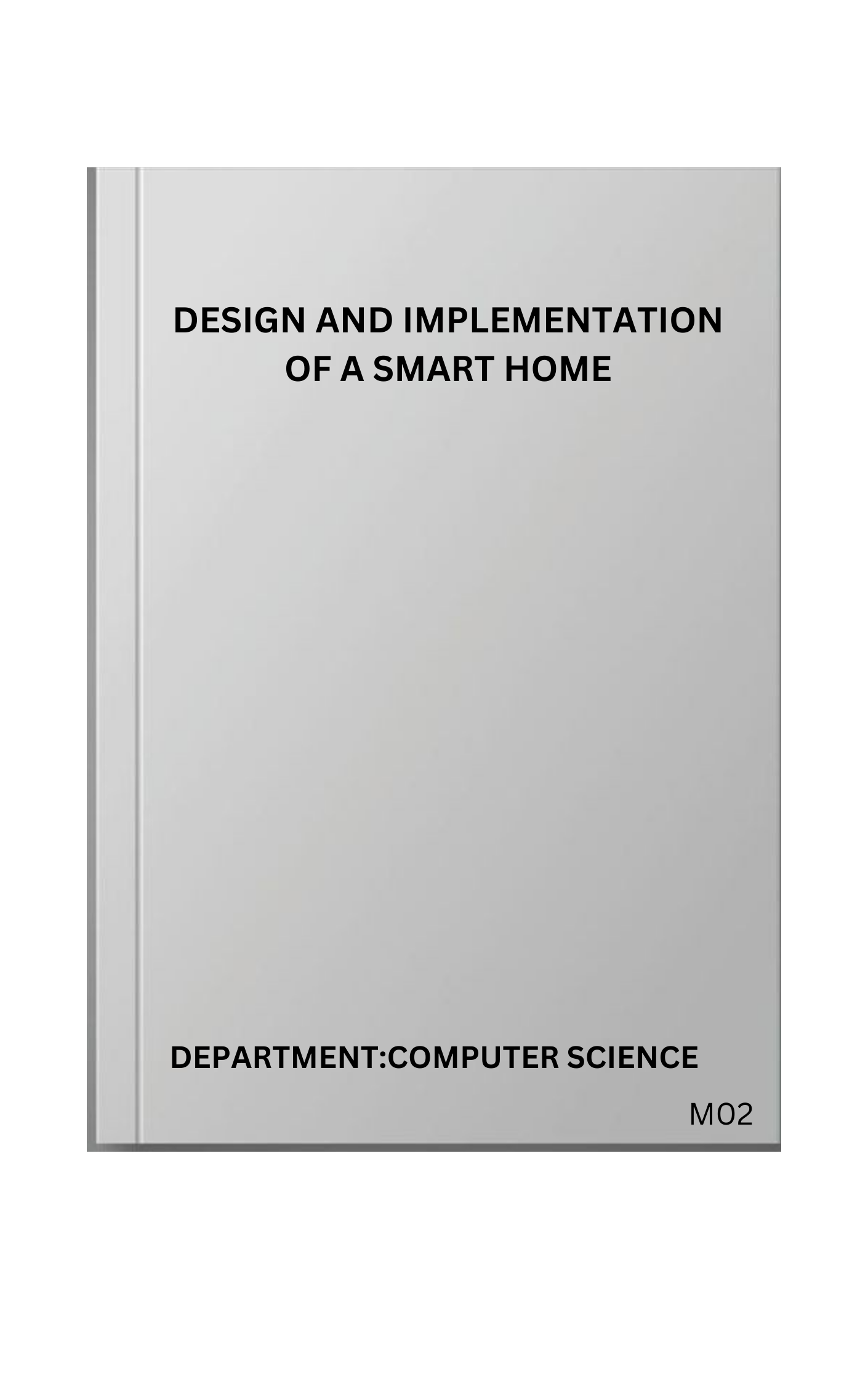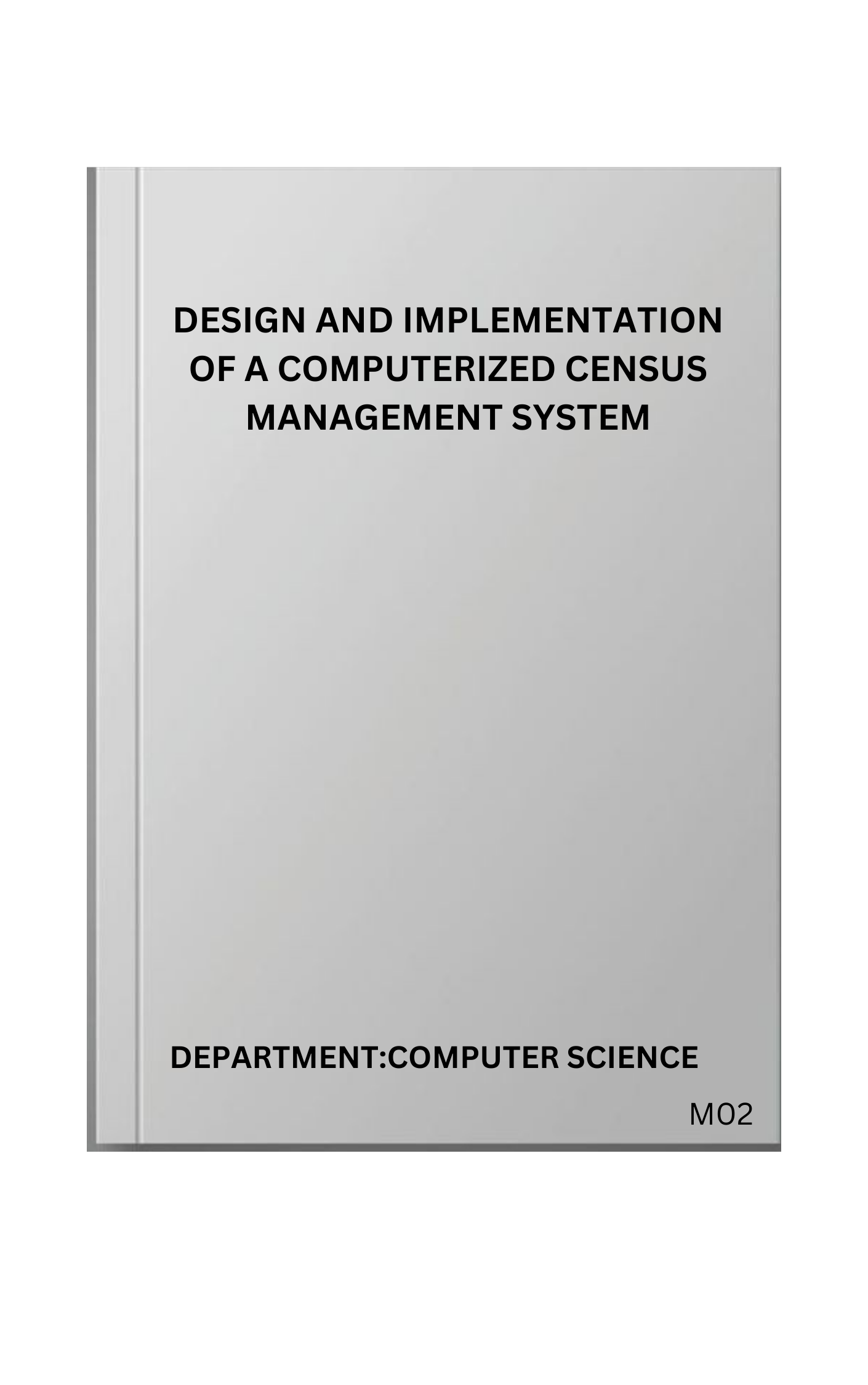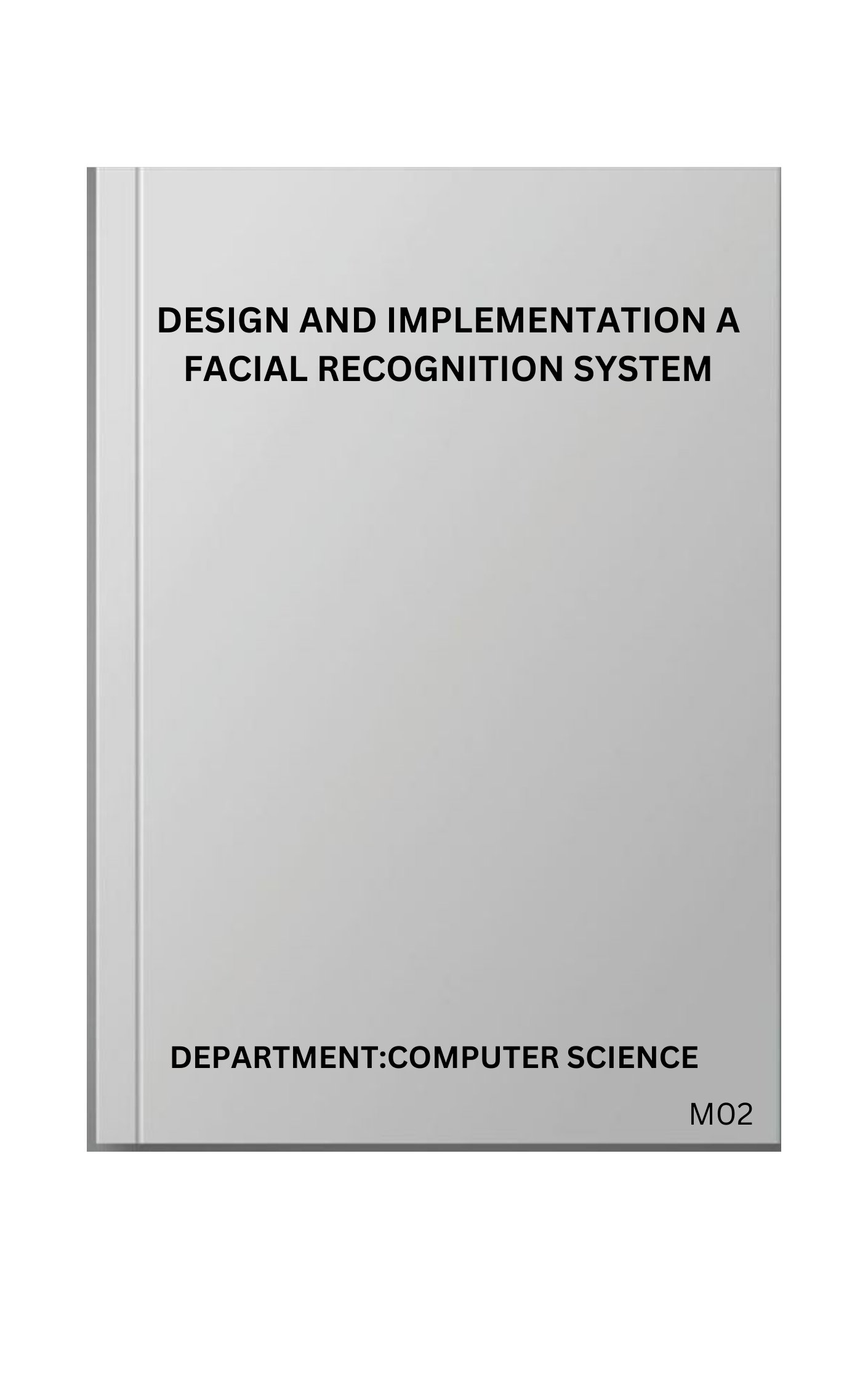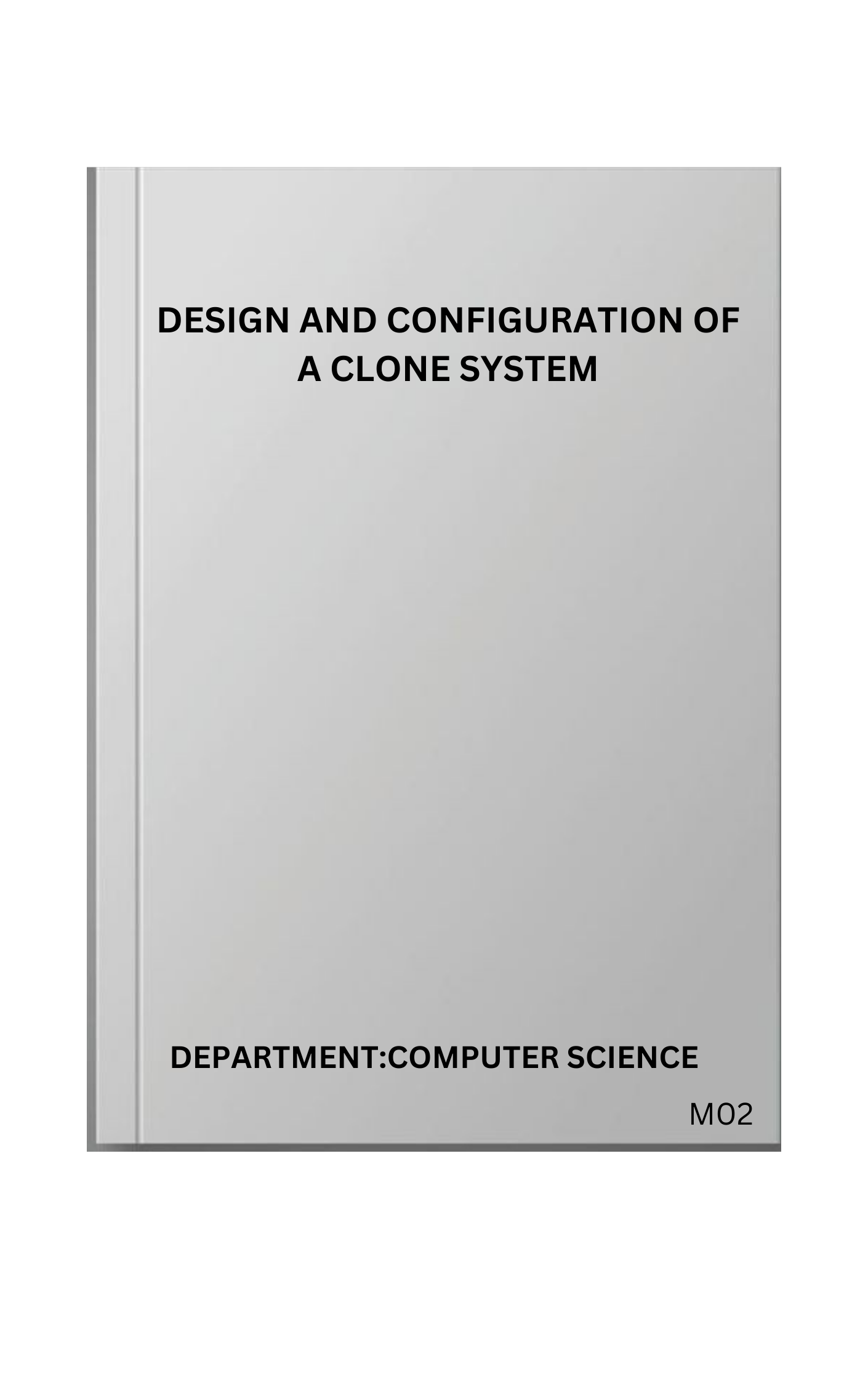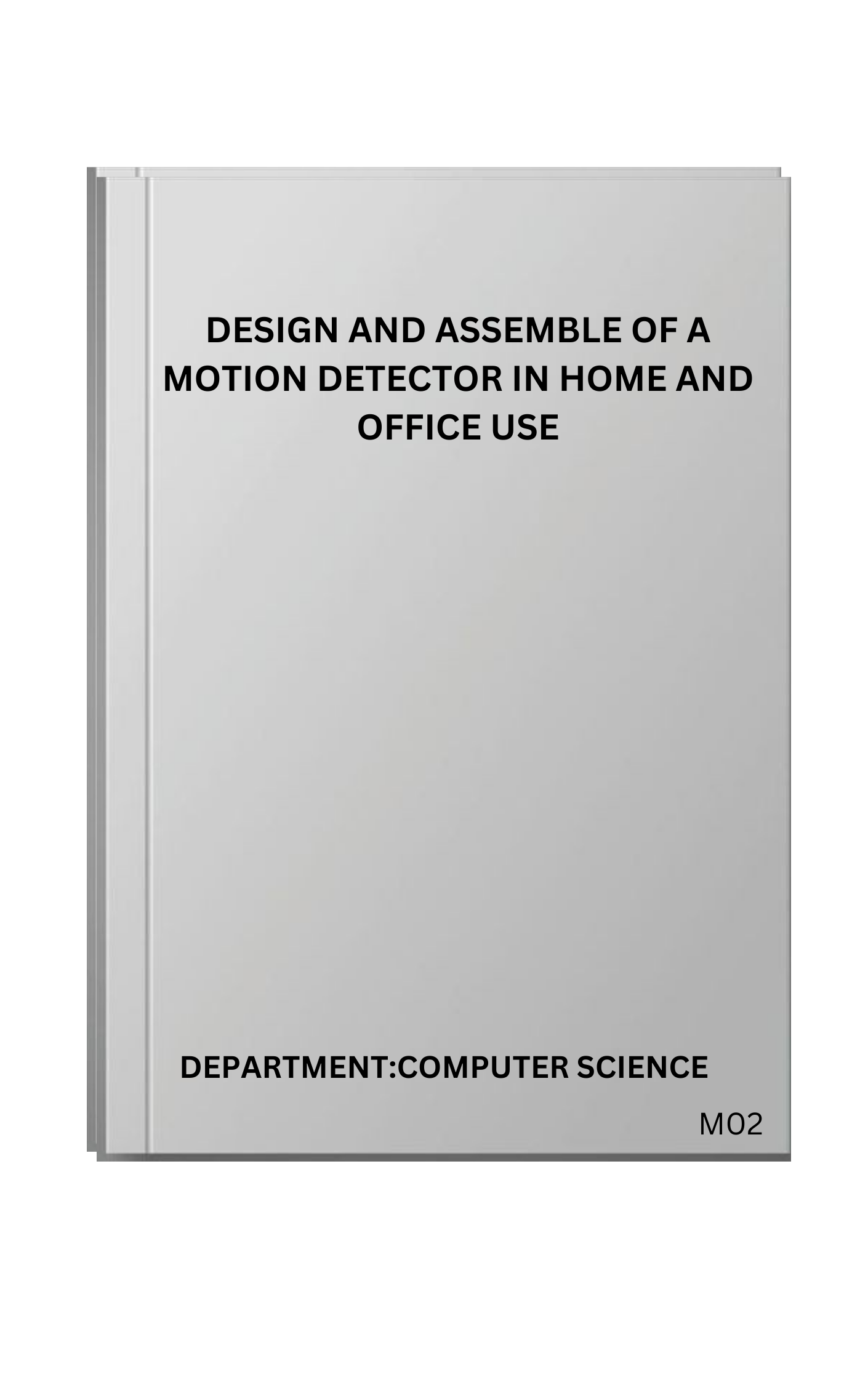CHAPTER ONE
INTRODUCTION
1.1 Background of Study
A drilling bit as used in the oil and gas industry is a tool designed to
produce a cylindrical hole in the earth's crust by the rotary drilling
method for the discovery and extraction of hydrocarbons such as
crude oil and natural gas. They come in various sizes and shapes
and the bit must be used for specific formations and as such the
drilling bit is selected according to the formation to be drilled. The
drilling bit rotates at the bottom of the rill string and its teeth break
the rock into small pieces as it progresses. The drilling bit is
designed to withstand harsh environment and can drill through
layers of rock and earth, depending on their construction.
Evaluation of bit performance, therefore, is a crucial aspect of
drilling operations in the oil and gas industry. The performance of a
drilling bit can have a significant impact on the efficiency of the
drilling process as well as the quantity and quality of the extracted
hydrocarbons. The evaluation process is carried out to determine
how well a drill bit performs in certain formations under specific
conditions. Bit evaluation is particularly important today because
the cost of drilling is high and severe drilling conditions are
encountered in wells. And so, drilling companies are in business to
maximize profit, the drill bit performance dictates the drilling cost.
Drilling bit evaluation is a careful exercise carried out to ascertain
the capacity and efficiency of a bit to drill a given section of a hole
with optimum suitability. If contributes to the overall efficiency of
the drilling program. Criteria used for bit evaluation includes
rotating hour, footage drilled, maximum penetration rate, weight on
bit rig cost, rotary speed and bit cost.
1.2 Aim and Objective
The aim of this project is to evaluate bit performance, using break
even analysis and cost per foot to ascertain the bit economic
feasibility.
PAY TO GET COMPLETE PROJECT

